DROPS Baby Merino
Superwash treated extra fine merino wool
from:
2.62£
3.39€
Content: 100% Wool
Yarn Group:
A (23 - 26 stitches)
/ 5 ply / sport
Weight/length: 50 g = approx 175 m
Recommended needle size: 3 mm
Knitting tension: 10 x 10 cm = 24 sts x 32 rows
Care: Machine wash on gentle cycle 40°C / Don’t use fabric softener / Dry Flat
Superwash: yes
Made in: EU
Raw material origin: Wool from South America
This yarn has an Oeko-Tex® certification (certificate number 25.3.0110), Standard 100, Class I from the INNOVATEXT TEXTILE ENGINEERING AND TESTING, HUNGARY. This means that is has been tested for harmful substances and is considered safe in human-ecological terms. Class I is the highest level, and it means the yarn is suitable for baby articles (ages 0-3).
DROPS Baby Merino is a 100% extra fine merino wool yarn that's super soft, breathes well and is itch free - perfectly suited for delicate baby skin. Cable spun and constructed from multiple thin strands, DROPS Baby Merino gives neat, even stitches, resulting in garments with extra elasticity. It’s this special construction that makes it important to use the correct tension in your project, so use a tight tension rather than a loose one.
DROPS Baby Merino is spun from fibers from free-range, mulesing free animals from South America and is Oeko-Tex Standard 100 certified. The yarn is also superwash treated and therefore machine washable and suitable for everyday use; but when washing your garments you must be extra careful and follow closely the care instructions.
Read more about our products' sustainability here
Please be aware that the colours shown may vary from screen to screen in the same way that shades may vary slightly from dye lot to dye lot.
How do I care for this yarn?

Machine wash on gentle cycle 40°C / Don’t use fabric softener / Dry Flat
All our super wash treated merino yarns should be washed in the machine, using a gentle cycle program. That being said, there are a few more tips that are extremely relevant when it comes to caring for this yarn:
- Machine wash - separately - using a gentle cycle program at 40ºC, with a light centrifugation (about 800rpm). Only use detergents without enzymes and optical brighteners.
- NEVER use fabric softener (the wool fibers become too soft and can slide apart).
- NEVER leave the garment to soak/wet in the washing machine for a long period of time.
- To dry the garment, shape it and lay it flat - do not hang - ideally on a warm bathroom floor or on top of a drying rack in a room with good air circulation. Never dry the garment in direct sunlight.
- Never iron the garment directly. Use always a damp cloth between your steaming iron or regular iron and the garment.
Note: If you are washing a project made with this yarn combined with another, the general guideline is to follow the washing instructions for the most delicate of the yarns you are working with.
Do you have a question about this yarn?
See a list of frequently asked questions (FAQ) about our yarns.
1) What type of fibers make the DROPS yarns?
Yarn can be made from a large number of natural and synthetic fibers. DROPS carries mainly yarns made from wool, cotton, alpaca, linen, mohair and silk. Each fiber type has its own qualities, and they are often mixed to take advantage of the best properties of each one. Coarse yarn has the advantage of being stronger and more durable, and finer fibers offer more softness and comfort. Here a bit about the main fibers we carry:
Alpaca:
Alpaca fleece is the natural fiber harvested from an alpaca, and it is similar in structure to sheep wool fiber. Its softness comes from the small diameter of the fiber, similar to merino wool. It is a soft, durable, luxurious and silky natural fiber. Yarn made from alpaca fibers does not felt or pill easily, and it can be light or heavy in weight, depending on how it is spun. While similar to sheep’s wool, it is warmer, not prickly, and has no lanolin, which makes it hypoallergenic. Alpacas come in 22 natural colors, with more than 300 shades from a true-blue black through browns-black, browns, white, silver and rose-greys.
Mohair:
This fiber comes from the Angora goats, and it's considered a luxury fiber. Mohair yarn is warm as wool, but much lighter in weight; it is durable, dyes well and does not felt easily. Mohair fibers have also a distinctive luster created by the way they reflect light. Despite being a hard fiber, mohair is usually spun into a very fluffy yarn, resulting in airy and lustrous garments.
Wool:
The wool fibers come from the skin of sheep and are relatively coarse fibers. Two striking characteristics of wool are its susceptibility to heat and its felting property, which is caused by the scales on the surface. Depending upon the breed of sheep, the appearance of the wool varies.
Wool from Merino sheep is considered the finest type of wool, having as characteristics that is finely crimped and soft. All the Merino wool in the DROPS yarns has its origins in South America, coming from sheep that have not been subject to Mulesing.
Pure new wool is wool made directly from animal fleece, and not recycled from existing wool garments.
Machine washable wool is wool treated chemically to minimize the outer fuzzy layer of the fibers, and be therefore fitable for machine wash (see Superwash).
Silk:
The silk fiber is a fine continuous fiber produced from the cocoon of a moth caterpillar known as the silkworm. While silkworm is cultivated, the wild or tussah silk is obtained from uncultivated silkworm cocoons. Silk fiber is one of the strongest natural fibers and makes a wonderful knitting yarn. It blends really well with other fibers, especially wool. Silk also dyes beautifully with natural dyes.
Vegetable fibers:
There are several varieties of vegetable fibers, found in the cell walls of plants or vegetables. Of all the varieties, two are recognized as major knitted or textile fibers. They are cotton and linen.
Cotton is the fiber surrounding the seeds in a cotton pod, and it is almost pure cellulose. Cotton is usually white in color but there are green and brown varieties as well. The cotton fiber is most often spun into yarn or thread and used to make a soft, breathable textile that is good for summer clothing and accessories, making a weaker yarn than silk or linen but stronger than wool.
Mercerized cotton is cotton that has been through a mercerization treatment. This treatment gives cotton fabrics and threads a lustrous yarn that is more lustrous than conventional cotton. It is also stronger, takes dye a little more readily, makes the yarn more resistant to mildew and reduces lint. It also may not shrink or lose its shape as much as "regular" cotton.
Linen is a fiber derived from the stalk of the flax plant that is durable and stronger than any other fiber. The linen fiber is relatively soft, straight and lustrous and becomes more beautiful with age. Linen is more comfortable to wear in hot temperatures than cotton, due to the fact that it absorbs moisture better and dries more quickly.
Other materials used in our yarns include synthetic fibers such as acrylic, viscose, polyamide (nylon) and polyester. These fibers are used mostly to give strength to a yarn (like our sock yarn, DROPS Fabel) or a special kind of structure (like our blown yarn, DROPS Air).
The polyamide fibre, commonly known as nylon, is very strong, durable, lightweight, easy to care for (can be machine washed and dried), and elastic, which makes it perfect for blending with other fibres to produce hard-wearing yarns like sock yarn.
Compared to polyester, polyamide is softer and more flexible, but it also absorbs more water and dries slower.
3) What type of information can I find on the DROPS yarn labels?
All DROPS yarn labels include information about fiber content (wool, cotton, etc.), weight in grams and ounces, length in meters and yards, washing instructions and symbols (explained here), color number, dye lot number and yarn group information.
4) What are the DROPS yarn groups?
All DROPS yarns are classified into 6 different thickness groups (A to F). Yarns in a same group have similar knitting tension/gauge, and can therefore be interchanged in patterns; however the length may be different, so when substituting always calculate the amount of meters/yards needed for the pattern to know the amount of yarn you need to get.
5) Can I use a different yarn than the one mentioned in the pattern?
Yes, as long as the yarn can be worked in the same knitting tension/gauge. Always swatch to make sure you get the same number of stitches in width and rows in height as given in the pattern.
Remember that different yarns with different textures, will give the garment different looks. The yardage/length may also be different, so when substituting always calculate the number of yards needed, in order to know the amount of yarn you need.
Read more about how to calculate the amount of an alternative yarn - and how to replace 1 thread of a yarn with 2 or more of another, here.
6) What does it mean when a yarn is “Superwash”?
A superwash wool is a special wool product that has been treated or processed in a way that allows it to be machine washable. Many people are afraid to work with wool because it is so easy to shrink (though some shrink wool on purpose) and superwash wool can allow them to work with great fibers without worry. (Read more here).
7) What does “Oeko-Tex® certified” means?
The Oeko-Tex® Standard 100 was introduced at the beginning of the 1990s as a response to the needs of the general public for textiles which posed no risk to health. The Oeko-Tex® Standard 100 is a globally uniform testing and certification system for textile raw materials, intermediate and end products at all stages of production. The test for harmful substances comprise substances which are prohibited or regulated by law, chemicals which are known to be harmful to health, and parameters which are included as a precautionary measure to safeguard health.
For more info go to www.oeko-tex.com
10) How accurate are the colours on the shade cards online?
When obtaining images for the shade card, we do our best to achieve the highest level of color accuracy. Unfortunately, we cannot guarantee how images will appear on your computer screen. Every monitor displays color differently, some colors might look darker than they really are, and some colors might be more saturated on some screens. If you experience that many of the yarn colors looks different on your screen than the actual color of the skeins, you can adjust the setting on your monitor.
11) What is a micron? What does super fine / extra fine mean?
The fineness of yarn fibers is measured in microns (thousands of millimeters). Super fine alpaca wool is 26-28 microns. Fine merino wool is less than 21.5 microns and extra fine merino is under 19.5 microns. The less microns the softer and more delicate a quality can be, the more microns the more hard wear the quality will be.
The reason why the microns in a yarn’s fibers are important is that the yarn will eventually become something else, and how delicate or coarse a yarn is will determine in part what we use it for. That’s why we recommend the softest yarns (like DROPS Baby Merino) for baby clothing, or why we choose to use a more hard wear yarn like DROPS Snow, for a seating pad or slipper.
12) Why are the colours in my skeins of print yarn different?
The reason why two skeins of a same print yarn look different can be 1) that both skeins are part of different dye lots; 2) that the skeins have been dyed using a technique called "magic print" (the one used for example in DROPS Delight), which provides unique patterns and smooth colour transitions to each skein, meaning also that within one dye lot, lighter or darker varieties might appear. This is no fault or defect, but part of the yarn's character.
13) My store doesn’t have the colour I want, what can I do?
If your DROPS store doesn’t have the yarn colour you want, try contacting a DROPS Super Store (the ones with the golden badges) - they will make sure to get a hold of the colour even if they don’t have it in stock themselves. See a list of all DROPS stores here.
14) Where can I find a specific dye lot of a colour?
Always try contacting your DROPS store first. If they do not have the dye lot you want we recommend you to ask other knitters and crocheters in the DROPS Workshop in Facebook or Ravelry, which may have the dye lot in their stash and might be willing to part from it.
Yarn sheds because there's not enough twist to hold all of the fibers together. All yarns have excess fibers (from production) that might come off as lint or shedding, in varied degrees that depend on how the yarn is spun. Brushed yarns ("hairier" yarns) like DROPS Melody, have more of these loose fibers than other yarns, and therefore shed more. Shedding also depends on what is worn under or over the garment, and whether this pulls at the yarn fibers. It’s therefore not possible to guarantee that there will be no shedding.
Below are some tips on how to get the best result when working with hairier yarns:
- When the garment is finished (before you wash it) shake it vigorously so the looser hairs come off. NOTE: do NOT use a lint roller, brush or any method that pulls at the yarn.
- Place the garment in a plastic bag and put it in your freezer - the temperature will cause the fibers to become less attached to each other, and excess fibers will come off easier. Leave in the freezer for a few hours before taking it out and shaking it again.
- Wash the garment according to the instructions on the yarn label. Garments worked with hairier yarns usually need to be shaken once dry after washing, so that the hairs rise and any excess fibers can come off.
Pilling is a natural process that happens to even the most exclusive of fibers. It's a natural sign of wear and tear that is hard to avoid, and that is most visible in high friction areas of your garment like a sweater's arms and cuffs.
You can make your garment look as new by removing the pilling, using a fabric comb or a pill/lint remover.
How can I replace this yarn?
If you are looking to replace this yarn with another DROPS yarn, you can use another yarn within the same yarn group, or try our yarn converter!
Other yarns in Yarn Group A
Read more about replacing yarn.Have a problem with the DROPS yarn you purchased?
When you purchase yarn from the shade cards or patterns on our site, you are not buying directly from DROPS but from one of the hundreds of DROPS stores around the world. It is therefore important that you take contact with the DROPS store where you bought the yarn, and that you save the labels of all the skeins you purchased (they are your warranty).
The DROPS store you contact will assist you and escalate the claim if necessary. Find a list of DROPS stores here.
Comments / Questions (466)
![]() Jolanta Łapińska wrote:
Jolanta Łapińska wrote:
Jakich środków używać do prania włóczki Baby Merino.
02.12.2018 - 18:46DROPS Design answered:
Witaj Jolu! Wyroby z włóczki Baby Merino można prać w pralce, wybierając program do tkanin delikatnych w temperaturze 40ºC / nie używać środków zmiękczających / suszyć rozłożone na płasko. Ja sama zwykle piorę ręcznie i używam do tego płynu do prania wełny i tkanin delikatnych. Na rynku są też dostępne specjalne środki do prania odzieży z wełny Merino. Pozdrawiamy!
03.12.2018 kl. 18:18
![]() Maren Wendland wrote:
Maren Wendland wrote:
Hello, I'm always pretty pleased by your yarn - nice to knit and beautiful colours. But there's one problem with the Baby Merino yarn in light grey. I've knitted a cardigan in light beige (mix 23) and light grey (mix 22) and I washed it at 30°C (delicate fabrics). But it came out with the light beige part as before and the light grey part filted and shrinked :(. And I had that also with a vest made by my mother from the same yarn. It's really annoying!! I can also send you a picture.
14.11.2018 - 21:23DROPS Design answered:
Dear Mrs Wendland, we are sorry to hear you got some worries with our yarn - please contact the store where you bought your yarn sending them any picture and all informations about dyelot etc. Thank you!
15.11.2018 kl. 09:15
![]() Sofie Gammelgaard wrote:
Sofie Gammelgaard wrote:
Hvis jeg skal vælge farver til et regnbue-tæppe (lilla-blå-grøn-gul-orange-rød), hvilke vil så passe bedst? Jeg har ikke en butik i nærheden så kan ikke komme ind og se dem live!..
26.10.2018 - 23:15DROPS Design answered:
Hej Sofie, det vil butikken helt sikkert hjælpe dig med. Klik på Bestil inde på farvekortet og spørg butikken som skal sende dig garnet. God fornøjelse!
30.10.2018 kl. 14:36
![]() Steffy wrote:
Steffy wrote:
Do you sell whole sale? If so how would I do this? Who would I contact? Thank you!
29.09.2018 - 07:32DROPS Design answered:
Dear Steffy, please contact us here filling the form. Thank you!
01.10.2018 kl. 10:31Iris wrote:
I'm looking for a yellow yarn closest to the primary colour yellow (something that'll look good next to electric blue 33, vibrant green 31 and red 16) and I'm trying to decide between 04 and 45. In this picture - images.garnstudio.com/img/shademap/babymerino/preview.jpg - is that yellow yarn on top shade 04 or 45? The yellow in this pic - images.garnstudio.com/img/shademap/babymerino/eks-5-2.jpg - looks softer (too soft for my project); is that 03 or 04? Thanks!
13.09.2018 - 09:54DROPS Design answered:
Dear Iris, the yellow on the first picture is 45 and on the second picture 04. Remember your DROPS store will help you choosing your colours depending on your wishes - even per telephone or E-mail. Happy knitting!
18.09.2018 kl. 12:31
![]() Beth J Strickland wrote:
Beth J Strickland wrote:
I know you have your yarn groups. Most seem to have several types of yarn in them such as fingering, sport, etc. Would you consider adding the Craft Yarn Council's number at (craftyarncouncil dot com, standards, yarn-weight-system) for each yarn so that we can better see what size or category each yarn is? That would be a huge help. Thank you.
01.09.2018 - 20:48DROPS Design answered:
Thank you for your advice which will be taken in consideration but we have our Yarn groups for the moment.
03.09.2018 kl. 16:16
![]() Antonia wrote:
Antonia wrote:
Me gustaría saber si esta lana es apropiada para una rebeca de gramis
21.08.2018 - 19:27DROPS Design answered:
Hola Antonia, esta lana es muy suave y tiene poco cuerpo. Aunque se puede trabajar una rebeca con esta lana, es mejor utilizar lanas del Grupo B o Grupo C.
28.08.2018 kl. 20:15
![]() Lone Lysgaad wrote:
Lone Lysgaad wrote:
Efter vask som anvist udvider mit strik i drops baby Marino sig til dobbelt størrelse.Hvad gør jeg forkert?
16.07.2018 - 19:02DROPS Design answered:
Nej så trist! Det er utroligt vigtigt at man overholder strikkefastheden så man ikke strikker for løst. Følg vaskeanvisningen på banderolen og farvekortet! Baby Merino skal vaskes på finvask 40 grader! Brug kun lidt uldvask uden enzymer og optisk blegemiddel! Brug ALDRIG skyllemiddel (fibrene bliver så bløde at de glider fra hinanden)! Vask separat i rigeligt med vand! Lad det ALDRIG ligge i blød! Lad det ALDRIG ligge vådt i vaskemaskinen! Centrifugere gerne og læg det til tørre på et varmt gulv! Lad det aldrig hænge til tørre! Hvis du følger dette, er vi sikker på at du får bedre held næste gang!
11.09.2018 kl. 16:20
![]() Anne Louise Bellaiche wrote:
Anne Louise Bellaiche wrote:
Kan det være rigtigt, at der i et nøgle Drops baby merino (colour 37, dyelot 45375) er mange knuder? Jeg er ca 2/3 igennem nøglet og har indtil nu fundet 3 knuder. Ærgerligt og irriterende, for garnet er ellers virkelig dejligt at arbejde med. Tak for svar! Venlig hilsen Anne Louise
13.07.2018 - 18:45DROPS Design answered:
Hej Anne Louise, selvfølgelig kan det ske at der er gået noget galt i spinderiet, men det er heldigvis utroligt sjældent det sker, så det behøver du ikke være bange for fremover. God fornøjelse!
11.09.2018 kl. 16:22
![]() Lenka wrote:
Lenka wrote:
Dobrý den, u příze Baby Merino uvádíte, že příze získala certifikaci Oeko-tex Standard 100. Jakou třídu certifikace? Kde je možné Váš certifikát stáhnout pro případ kontroly od institucí státní správy? Ve vyhledávači certifikovaných společností jsem Vaši společnost nenalezla. Hledala jsem na oeko-tex(dot)com-consumer-Find certified products. Děkuji.
01.07.2018 - 14:09DROPS Design answered:
Dobrý den, Lenko, ano, DROPS Baby Merino, stejně jako mnohé další příze DROPS, má certifikát OEKOtex Standard. U každé příze uvádíme číslo certifikátu, díky němuž je možné ověřit jak platnost, tak další podrobnosti udělené certifikace. Podívejte se na stránky OEKOtex, do oddílu pro ověření Validity u certifikovaných produktů - platnosti certifikátů OEKO-tex. Hezký den a příjemné tvoření! Hana
08.07.2018 kl. 19:36
![]() Susana wrote:
Susana wrote:
Hola, qué tal resulta esta lana para una mantita infantil. Gracias
19.06.2018 - 20:54DROPS Design answered:
Hola Susana. Esta lana está especialmente preparada para hacer prendas para los más pequeños. Es suave, ligera y fácíl de lavar.
24.06.2018 kl. 13:00
![]() Christine wrote:
Christine wrote:
Bonjour, Je recherche dans la qualité : Baby Merino, la couleur - 46809 (3 pelotes) Et Baby Merino la couleur 15-86463 3pelotes) Merci de votre réponse Cordialement Christine
18.06.2018 - 16:28DROPS Design answered:
Bonjour Christine, nous vous recommandons de vous adresser aux différents magasins DROPS en France ou livrant en France ou bien sur notre groupe DROPS Workshop. Merci! Bon tricot!
19.06.2018 kl. 08:21
![]() Päivi wrote:
Päivi wrote:
Hei. Jos teen neuleen kaksinkertaisesta Baby Merinosta , voinko katsoa silmukkamäärä lankaryhmän C ohjeista?
27.05.2018 - 10:51DROPS Design answered:
Kyllä voit, tarkista kuitenkin neuletiheys ja vaihda tarvittaessa ohuempiin puikkoihin.
05.06.2018 kl. 14:36
![]() Maria wrote:
Maria wrote:
Speichert diese Wolle die Wärme? Ich habe bereits eine Decke aus Merinowolle, diese "speichert" die Körperwärme. Möchte eine zweite Decke stricken und nun diese Wolle verwenden. Würde mich über eine Antwort freuen! Danke!
26.04.2018 - 21:34
![]() Kirsti Amundsen wrote:
Kirsti Amundsen wrote:
Hvorfor selges dette garnet? Har strikket en sparkebukse med pinner nr 2,5 i str 1-3 måneder. Etter vask er buksen blitt str 2 år. Den blir stor og uformelig. Spensten er borte. jeg kjenner jeg blir veldig irritert og skuffet når jeg har arbeidet så masse med et garn og sitter igjen med en ubrukelig bunt med garn. Er det noe å gjøre?
03.04.2018 - 13:16DROPS Design answered:
Hej Kirsti, Nej så trist! Det er svært vigtigt at man overholder vaskeanvisningen på banderolen og her på farvekortet! Baby Merino skal vaskes på finvask 40 grader! Brug kun en dråbe uldvask uden enzymer og optisk blegemiddel! Brug ALDRIG skyllemiddel (fibrene bliver så bløde at de glider fra hinanden)! Vask separat i rigeligt med vand! Lad det ALDRIG ligge i blød! Lad det ALDRIG ligge vådt i vaskemaskinen! Centrifugere gerne og læg det til tørre på et varmt gulv! Lad det aldrig hænge til tørre! Følg anvisningen og prøv en gang til, så kan det være at du kan redde fibrene! Held og lykke!
03.04.2018 kl. 14:53
![]() Karin wrote:
Karin wrote:
Hej! Jag har två frågor om garnet Drops Baby Merino (uni colour): 1. På er hemsida står att garnet är oeko-tex-certifierat. Men det står inte på nystanens etiketter/banderoller. Varför inte? Är det inte längre certifierat? 2. Vilken slags superwash-behandling har använts? Om garnet är oeko-tex-certifierat bör det väl ha behandlats med en miljövänlig metod (exp 4.0 utan klor och med måttlig vattenåtgång)? Är det så?
27.02.2018 - 14:45DROPS Design answered:
Hej Karin, Jo DROPS Baby Merino är Oeko-tex certifierat. Du kan läsa mera om vad certificate 25.3.0110 betyder här
03.04.2018 kl. 15:14
![]() Gry-Anita wrote:
Gry-Anita wrote:
Hei! Likar veldig godt å strikke barnekle i Drops Baby Merino, men gir snart opp pga vaskinga.... Nettopp ferdig med ein Mariusdress som eg vaska i dag. Vaska på 40 gr finvask, med Milo, i vaskepose, full sentrifugering. Dressen er både vidare og lenger enn den var 😳 Foten var 33 cm, er no 38 cm! Har opplevd skkurat det samme når eg har badka det garnet på 40 grader ullvask og det samme skjer med Merino Ekstra Fine. Korleis skal ein vaske desse?
13.02.2018 - 15:19DROPS Design answered:
Hei Gry-Anita. Det er veldig viktig å overholde strikkefastheten i Merino garn, bør heller strikkes for stramt, enn for løst. Etter vask, legg plagget i flatt og form det etter de målene den skal ha. Har lest på noen forumer at noen tørker Merino plagg i tørketrommelen og det blir like fint som før vask, men har ikke gjort dette selv. mvh Drops design
14.02.2018 kl. 14:47Monika Ternieden wrote:
Hei, når få jeg kjøpe farge nordsjø på nettet.
07.02.2018 - 20:12DROPS Design answered:
Hej Monika, den skal være på lager :)
19.04.2018 kl. 15:05
![]() Petra Forner wrote:
Petra Forner wrote:
Hallo Zusammen, bei der Abbildung unter der Wolle Baby Merino sind zwei Wollknäuel in Grüntönen hell und dunkel dargestellt. Können Sie mir die Farbnummern dazu angeben? Vielen Dank Petra Forner
03.02.2018 - 18:05DROPS Design answered:
Liebe Frau Forner, auf diesem Bild sehen Sie Farbe 10 (unten) und Farbe 43 (oben). Viel Spaß beim stricken!
05.02.2018 kl. 11:04
![]() Norma Brotherston wrote:
Norma Brotherston wrote:
I find your patterns and wool look lovely but very difficult to know the ply except the needle usually indicates the ply and is there any two needle patterns at all ?thankyou
19.01.2018 - 17:22DROPS Design answered:
Dear Mrs Brotherston, you will find ply to each yarn on the header (see eg for Baby Merino: Yarn Group: A (23 - 26 stitches) / 5 ply / sport) and here in the list of all our yarns. Happy knitting!
22.01.2018 kl. 11:08Inger wrote:
På billedet i midten ser det ud som om det er en lys mine grøn og en lys søgrøn farve. Jeg kan dog ikke finde farven Mint. Hvilke numre er det?
17.01.2018 - 18:42DROPS Design answered:
Hej Inger, jeg tror det er farve 10 og 43 du mener... :)
19.04.2018 kl. 15:07Margareta wrote:
Hello, I would like to know what's the upper yarn colour on this picture.Thanks Unfortunately can not attach the picture here. :( I think the bottom colour is # 10
10.01.2018 - 14:50DROPS Design answered:
Dear Margareta, on this picture you can see colour 43 over colour 10. Happy knitting!
11.01.2018 kl. 15:07
![]() Anna wrote:
Anna wrote:
Deze spencer iets langer gemaakt als jurkje voor mijn kleindochter. Voor gebruik even met de hand gewassen en het daarbij op en neer gehaald door het sop. Zodra ik het breiwerk omhoog haalde was het anderhalf keer zo lang en niet meer terug in model te krijgen, ook niet door het plat te drogen te leggen.
13.11.2017 - 13:17
![]() Maiu wrote:
Maiu wrote:
Is Drops merino yarns mulesing free?
08.11.2017 - 09:11DROPS Design answered:
Dear Maiu, sure they are - read more here. Happy knitting!
08.11.2017 kl. 10:23






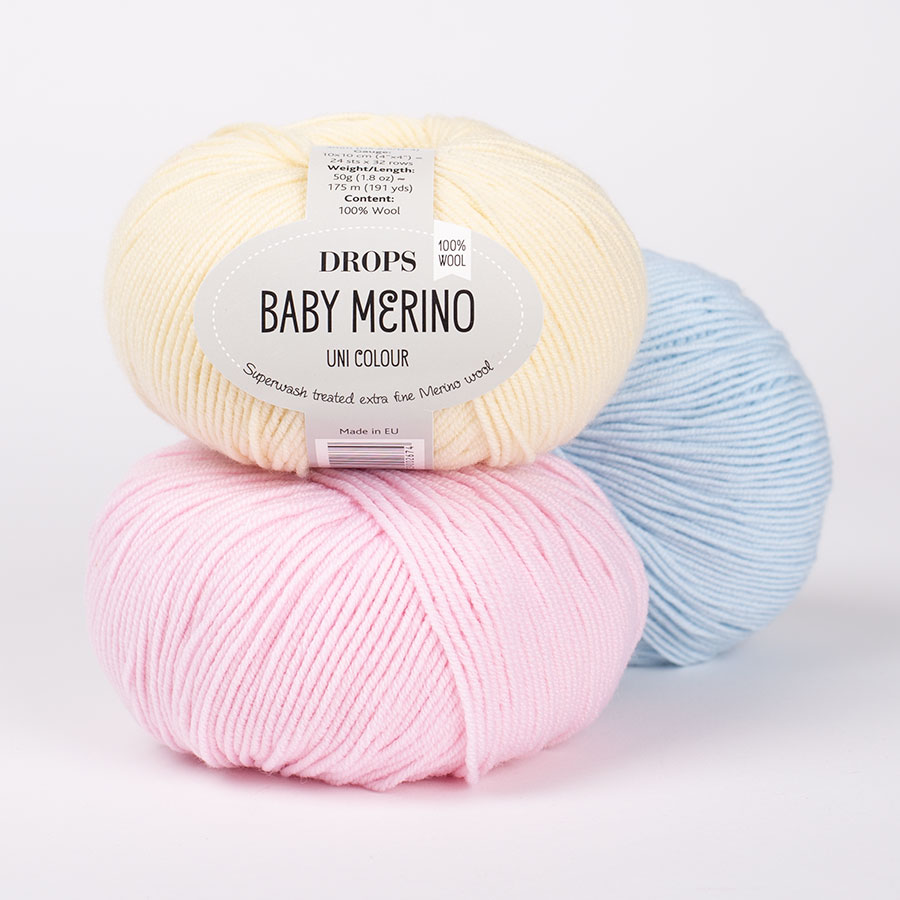
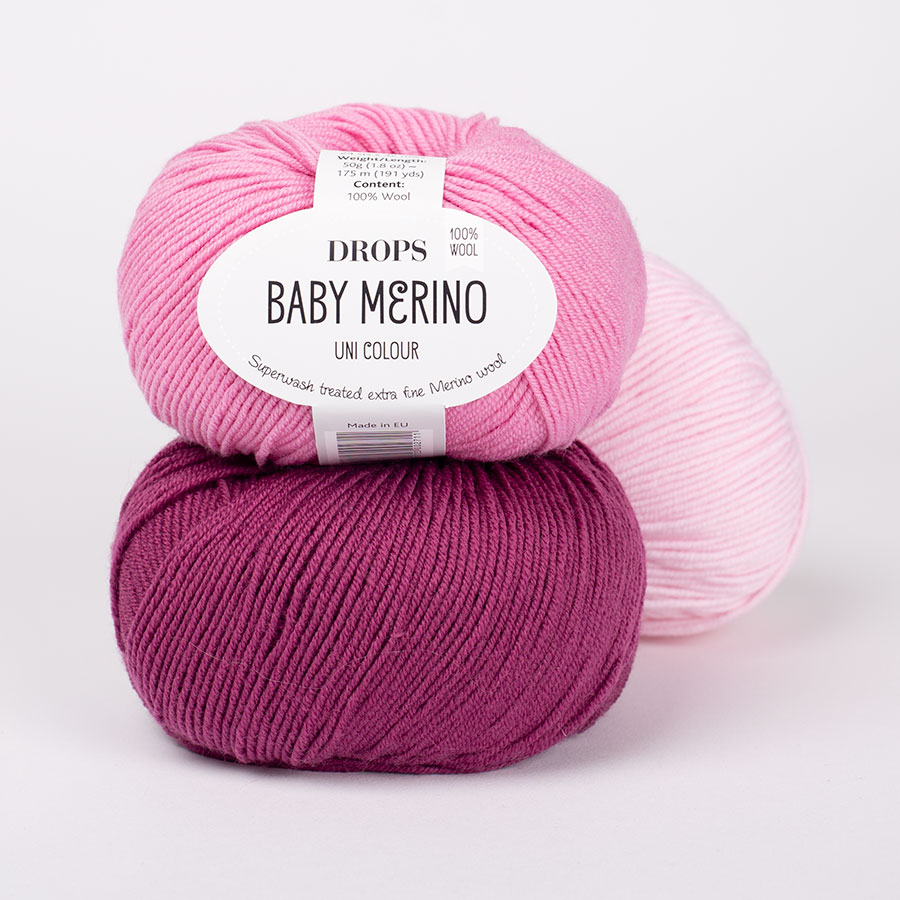
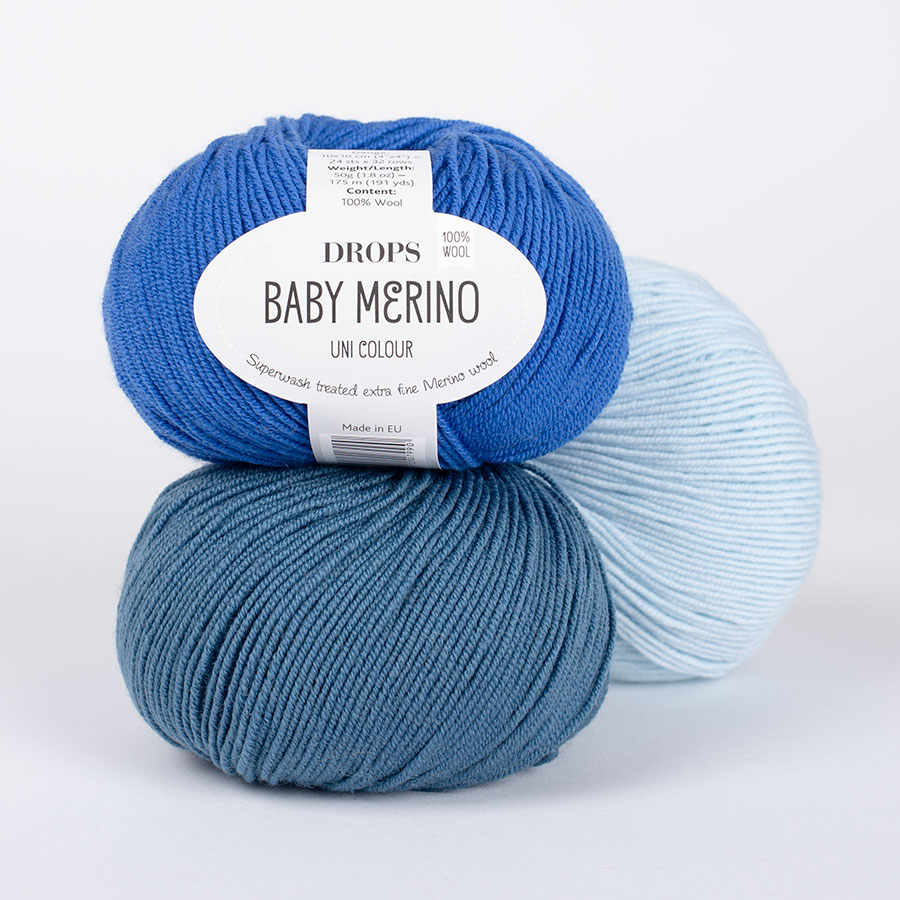
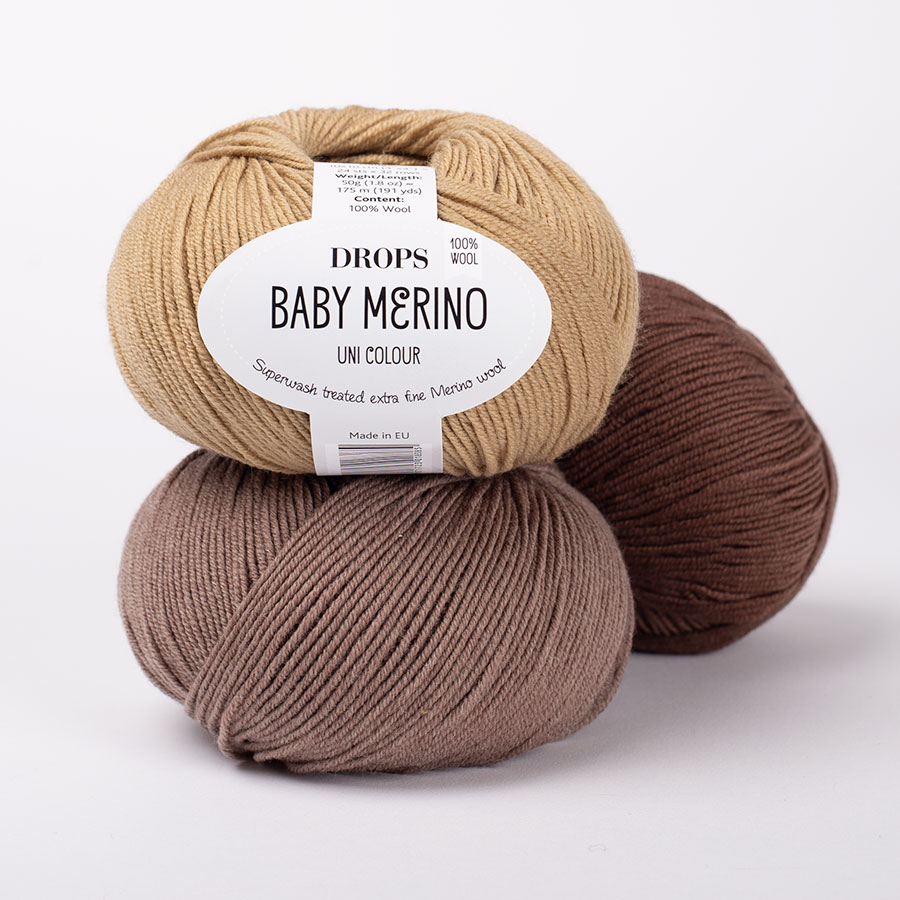

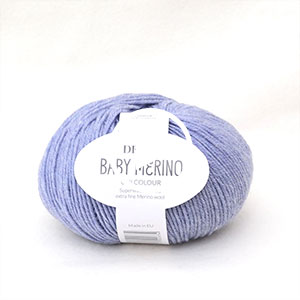











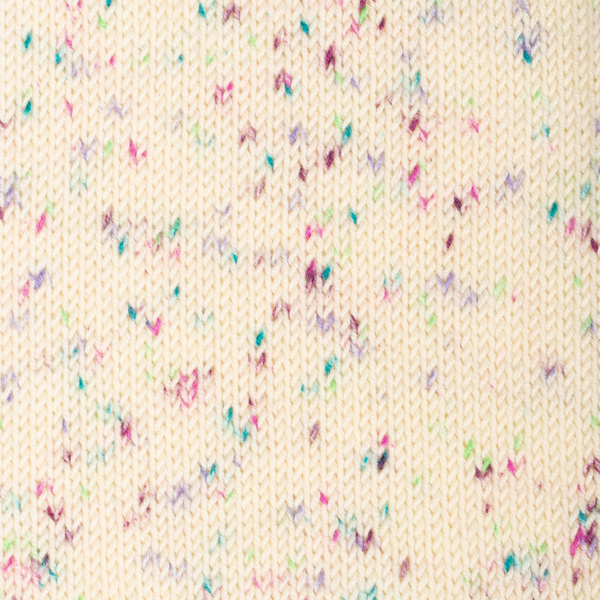

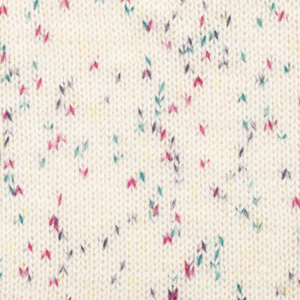

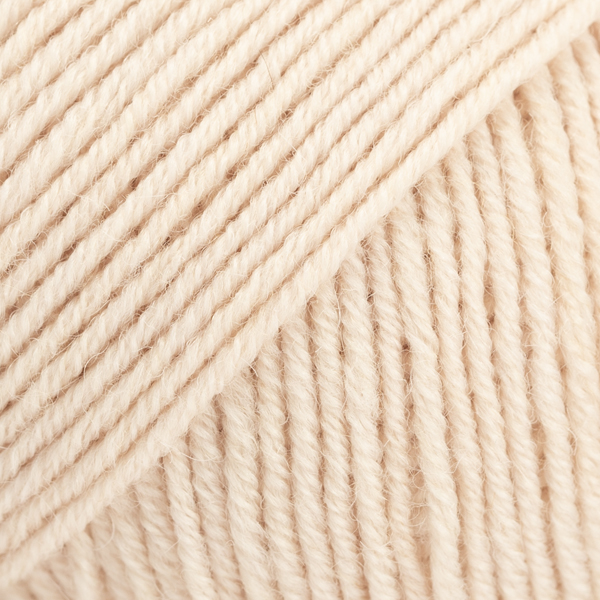

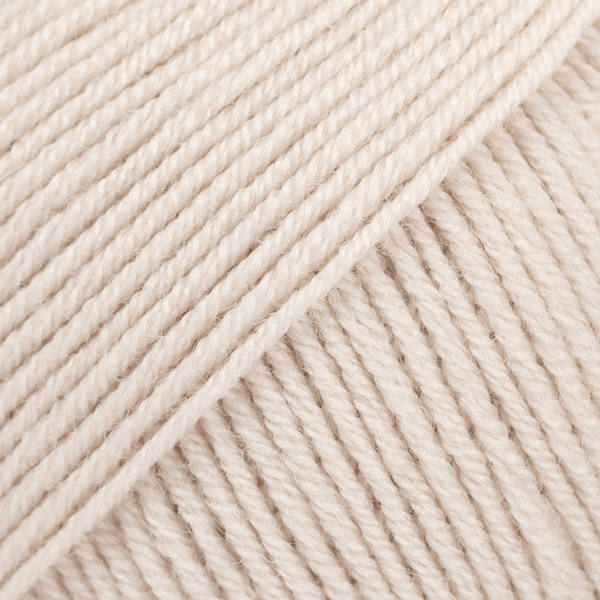






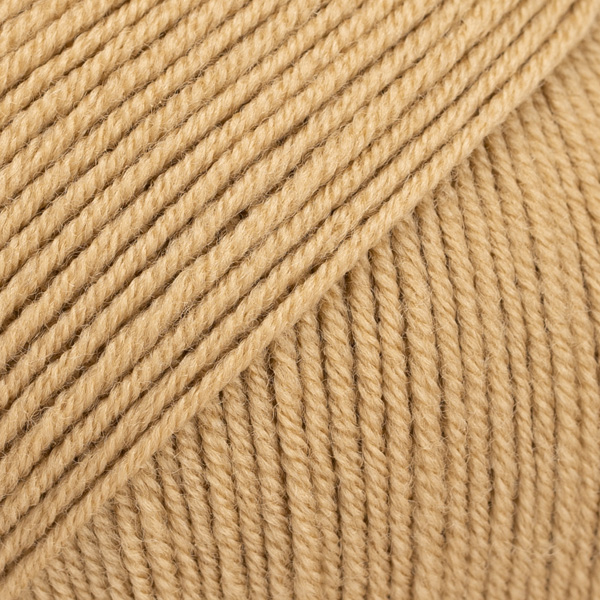

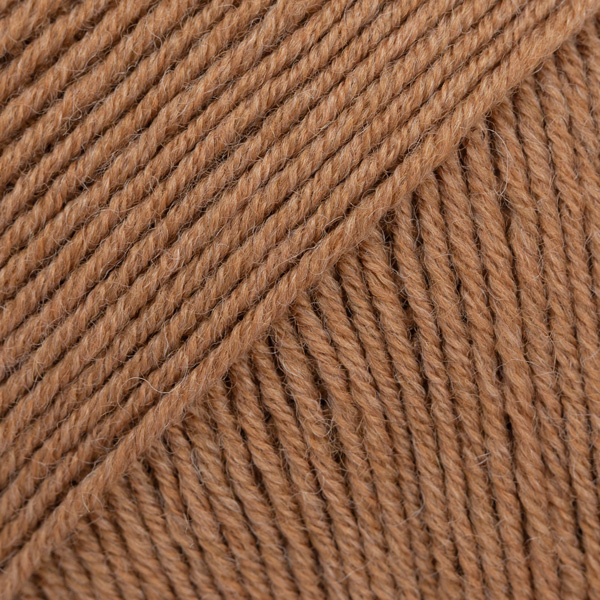

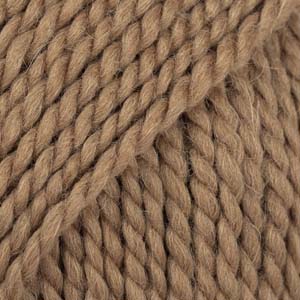



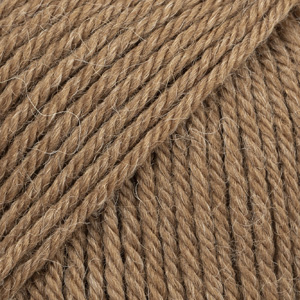




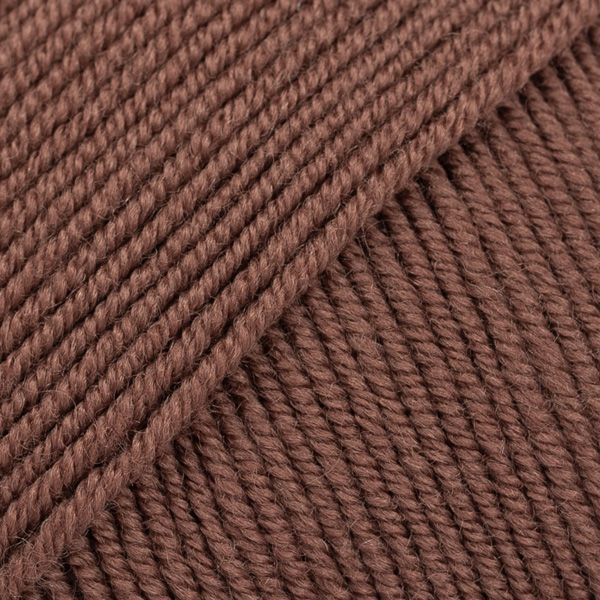


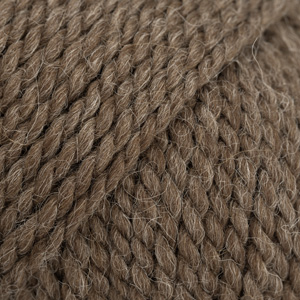



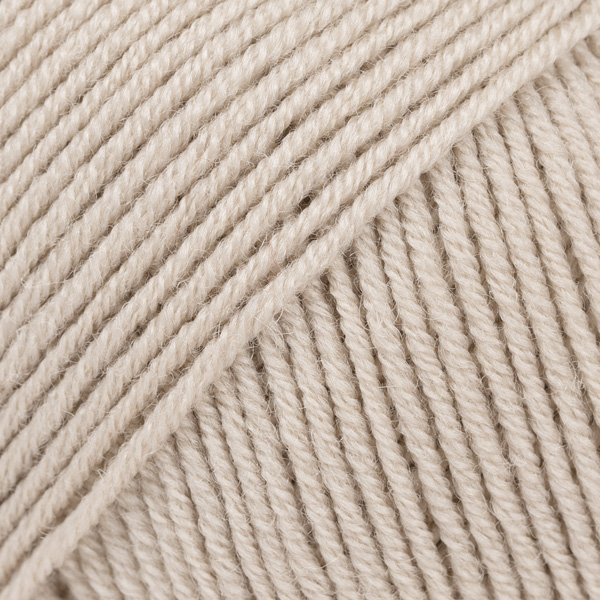








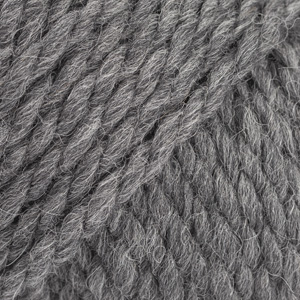

















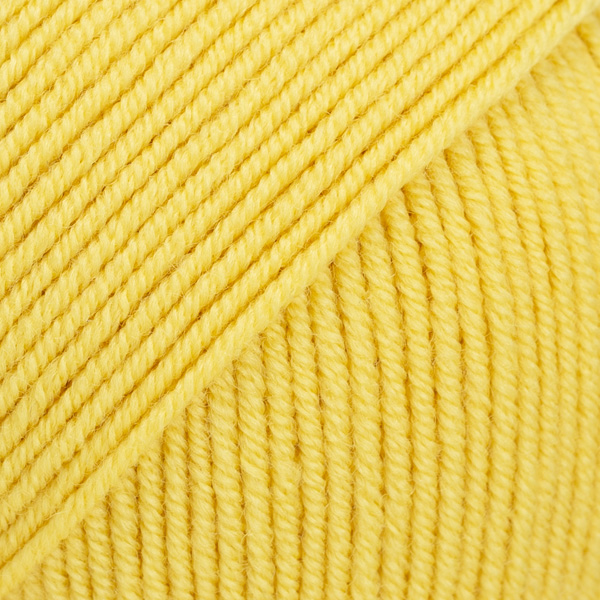



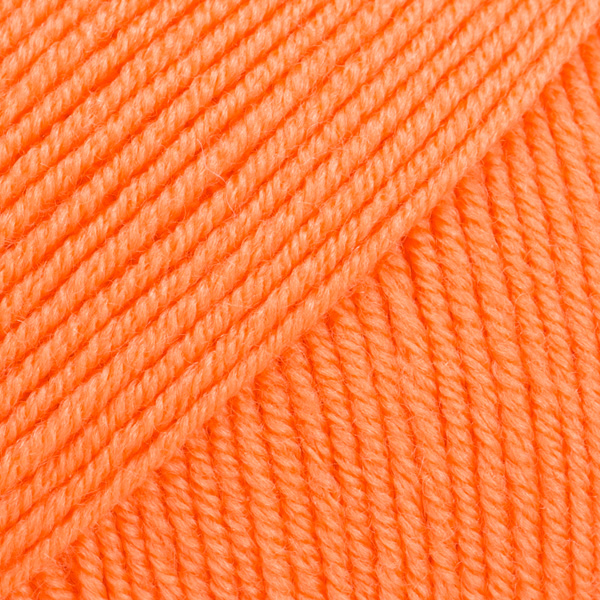














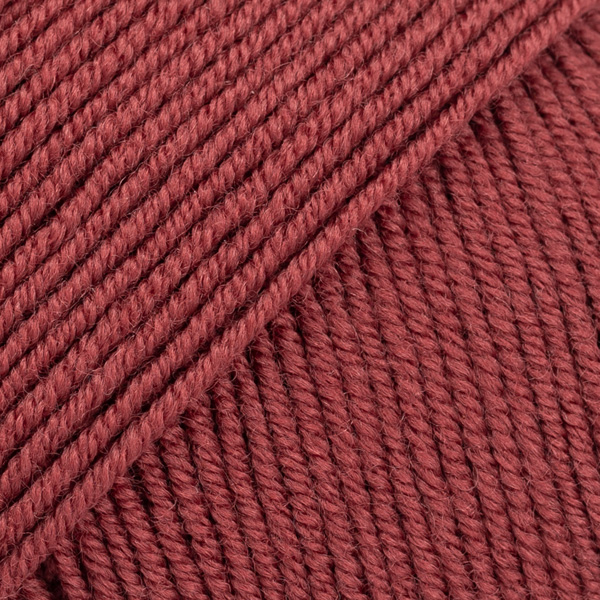




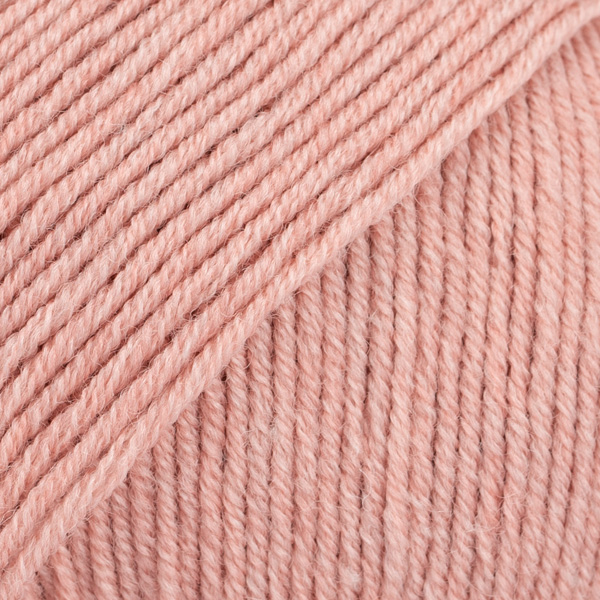


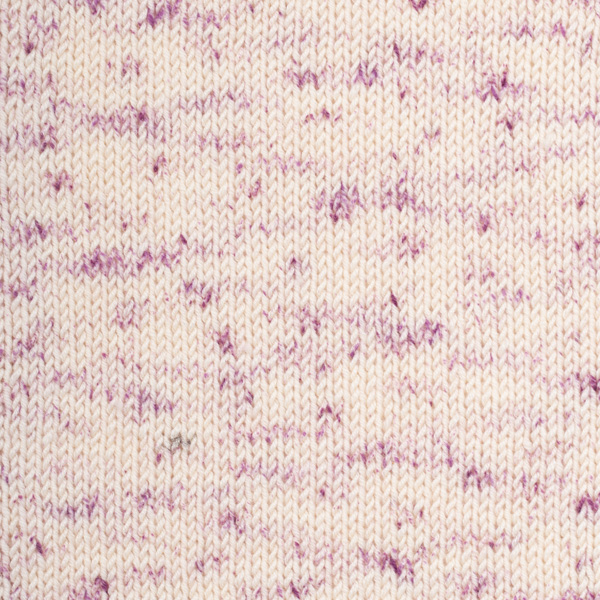
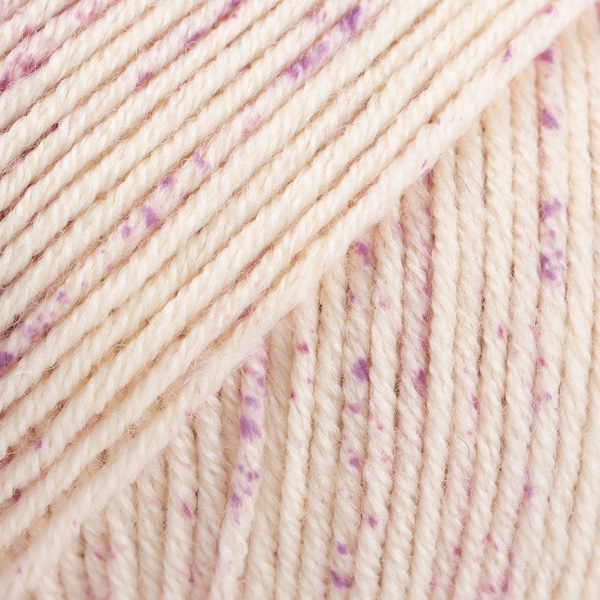

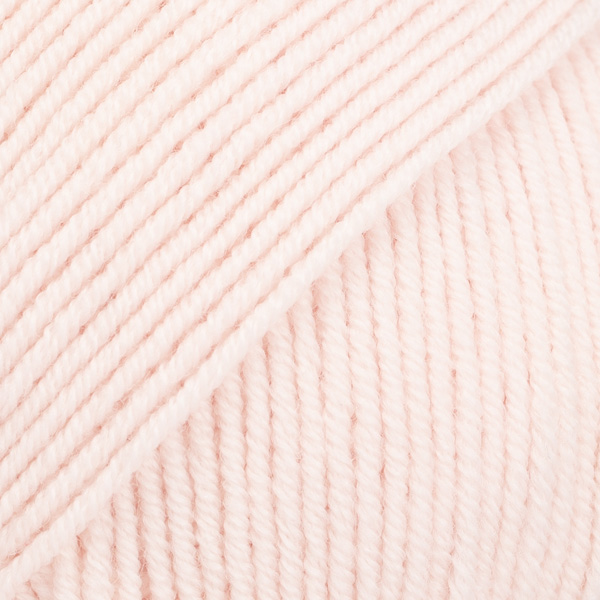

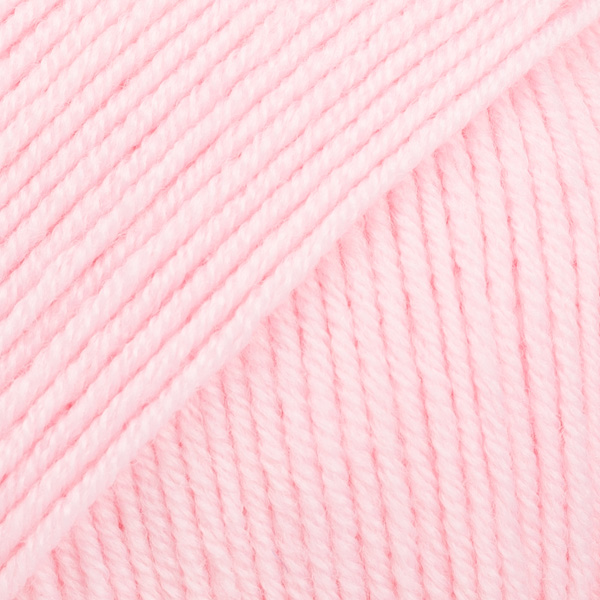



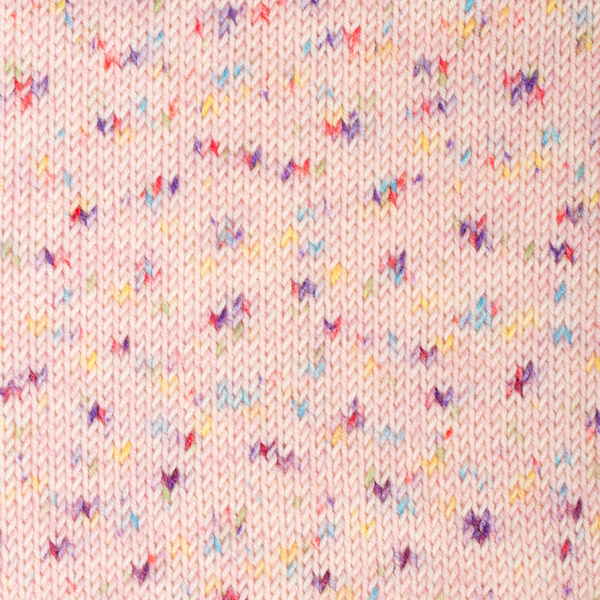


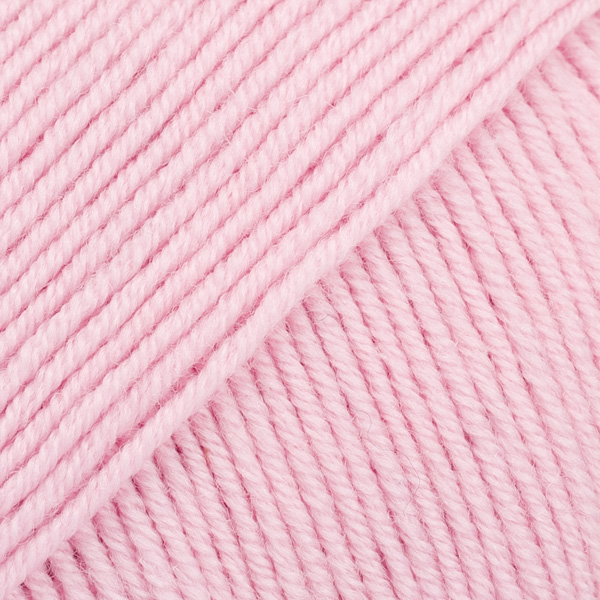
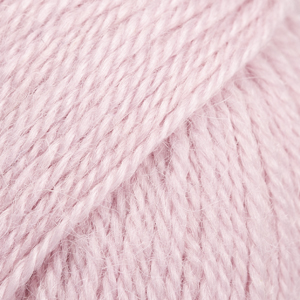











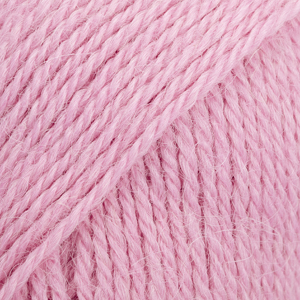


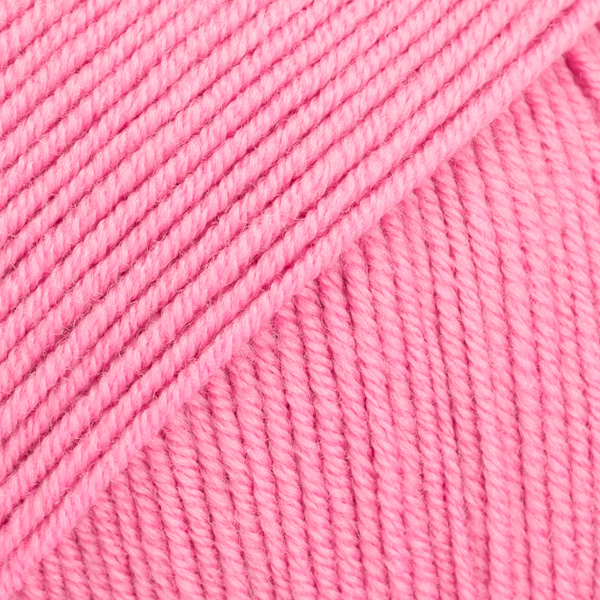

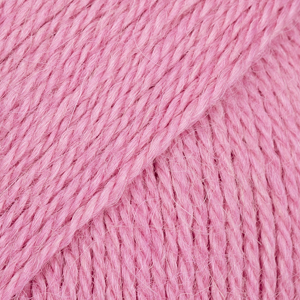


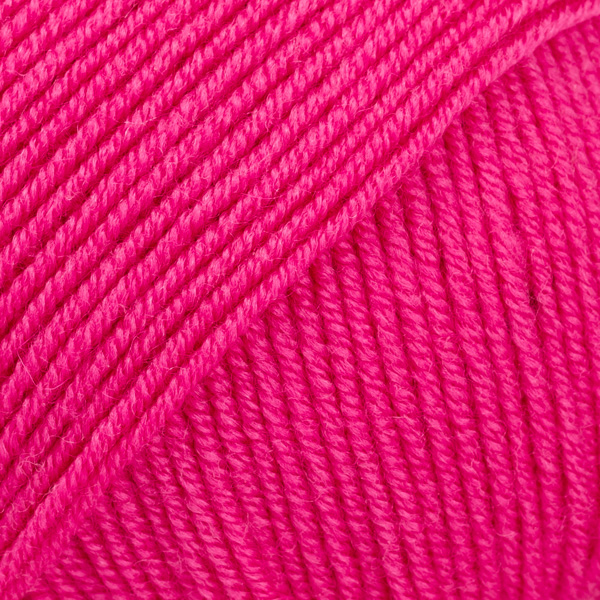

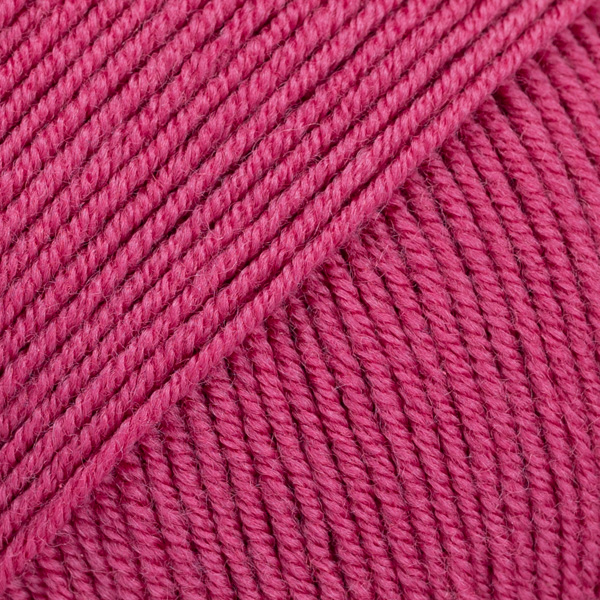
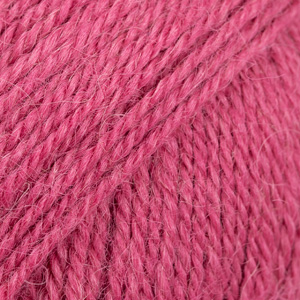

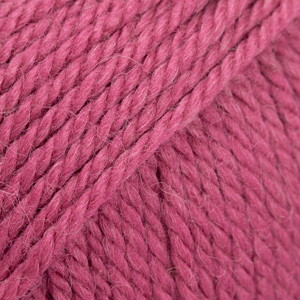




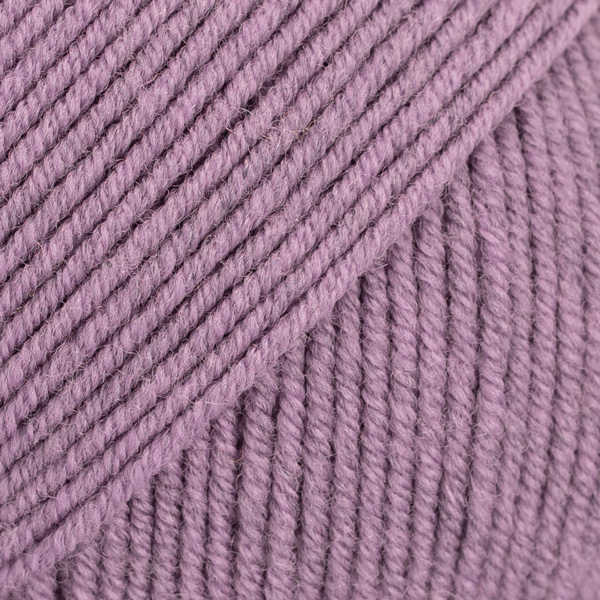



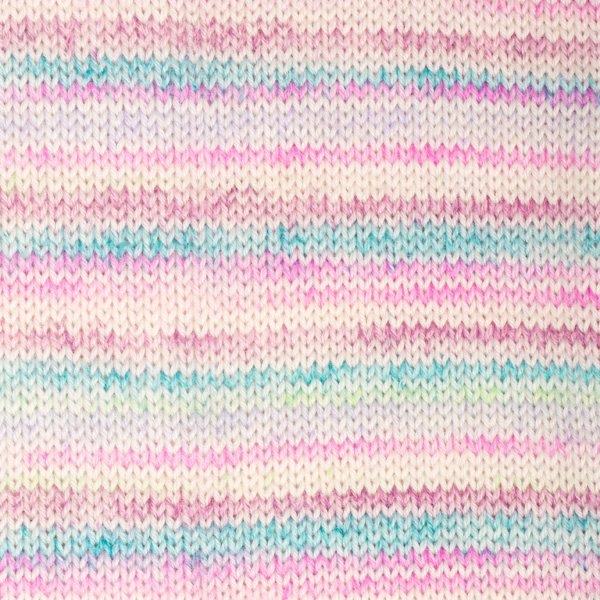


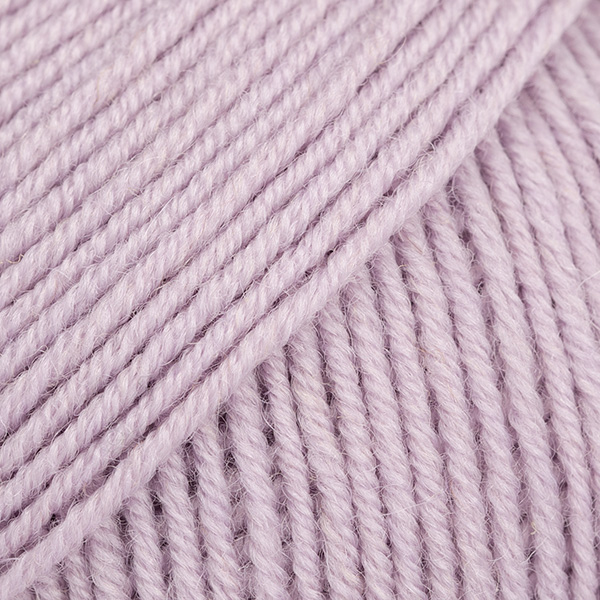
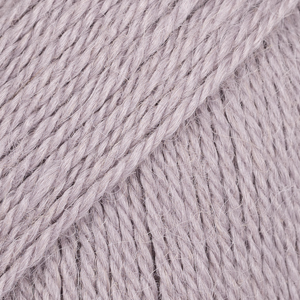














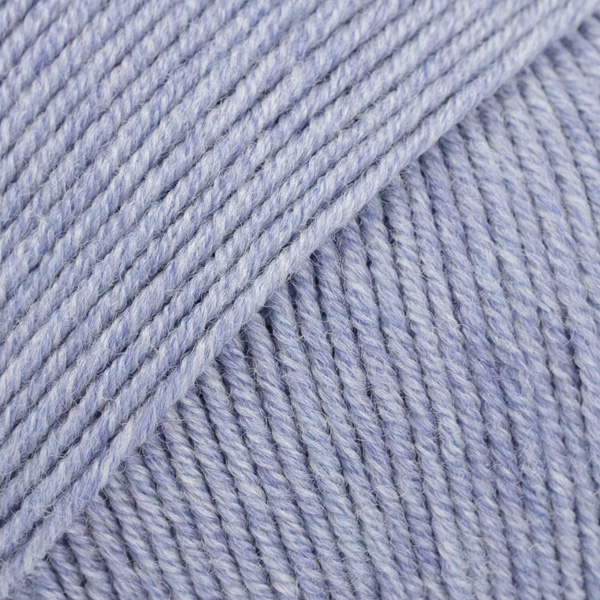












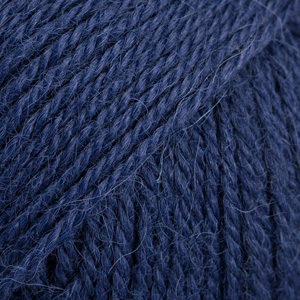






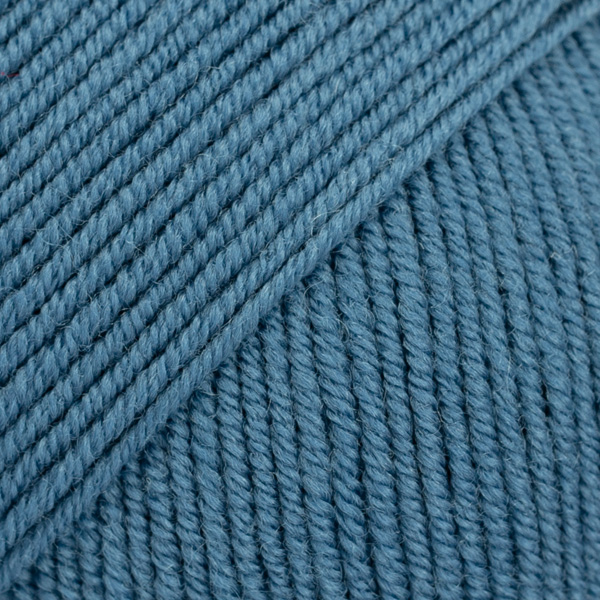





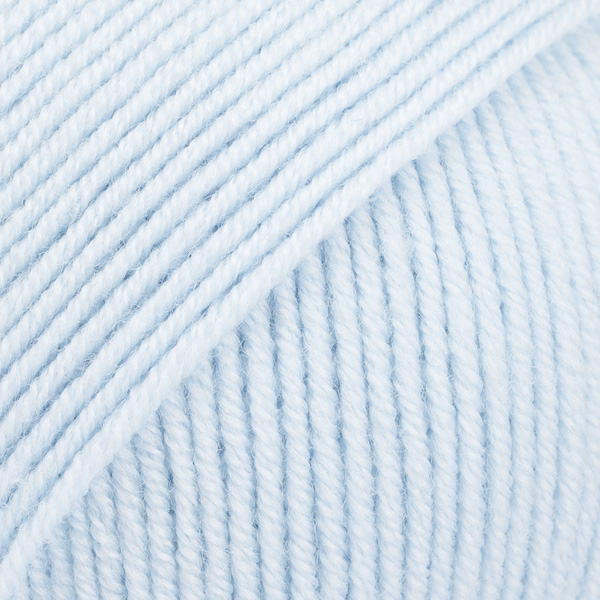




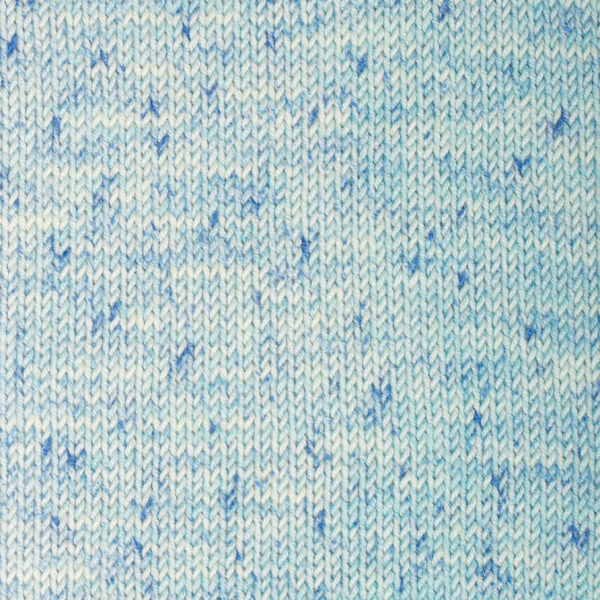


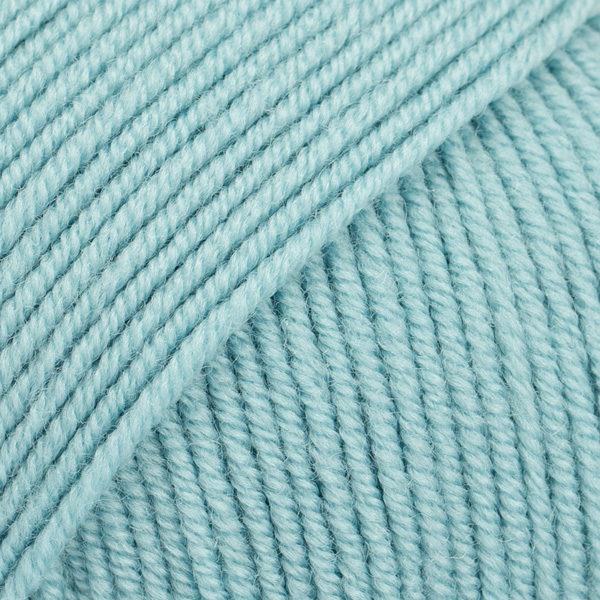



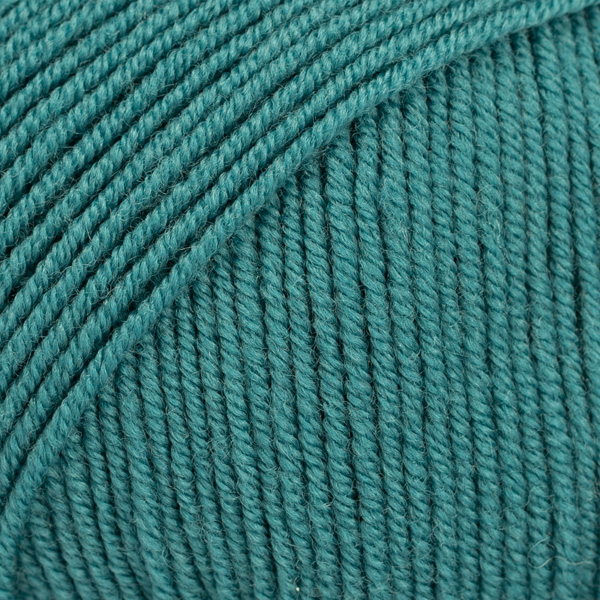




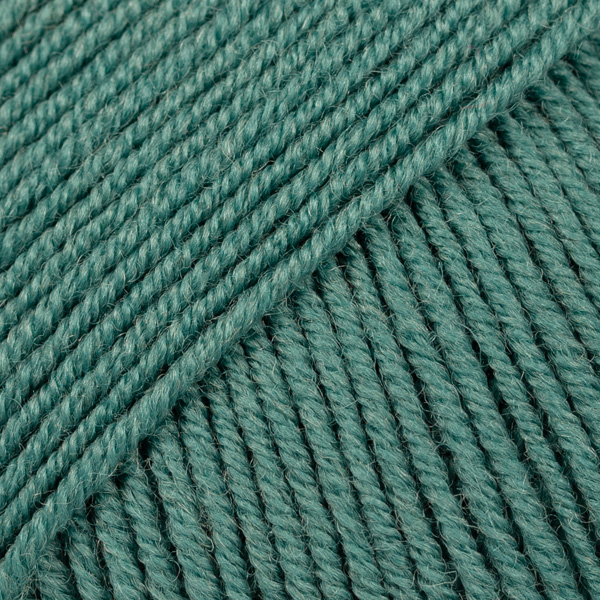

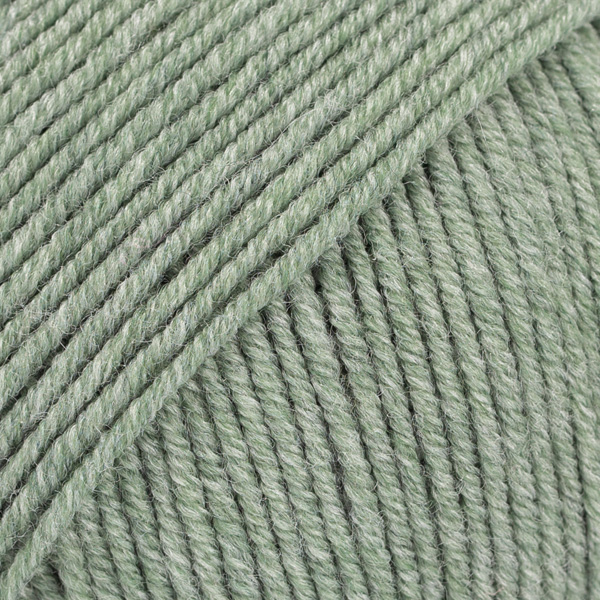

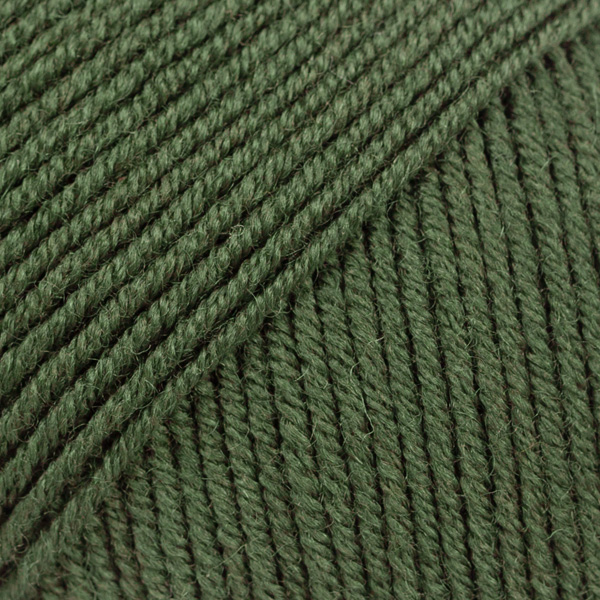
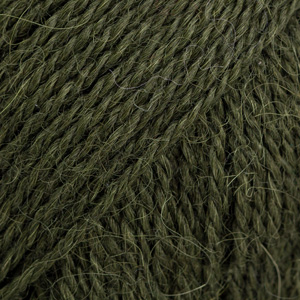





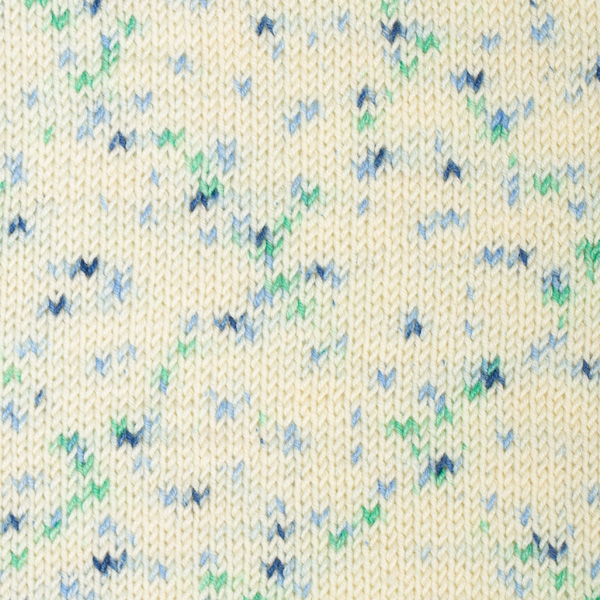


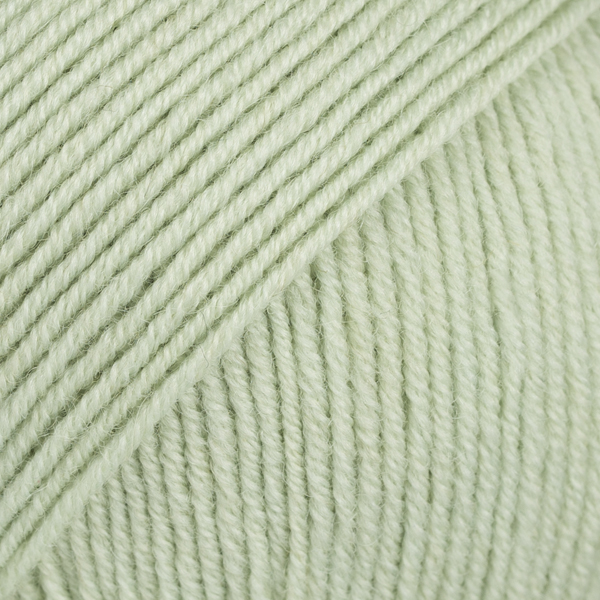

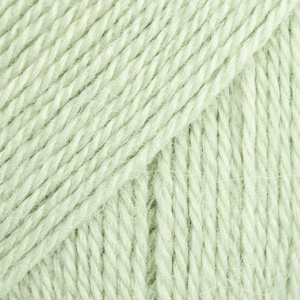






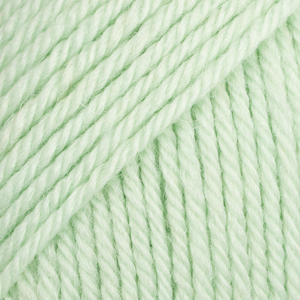










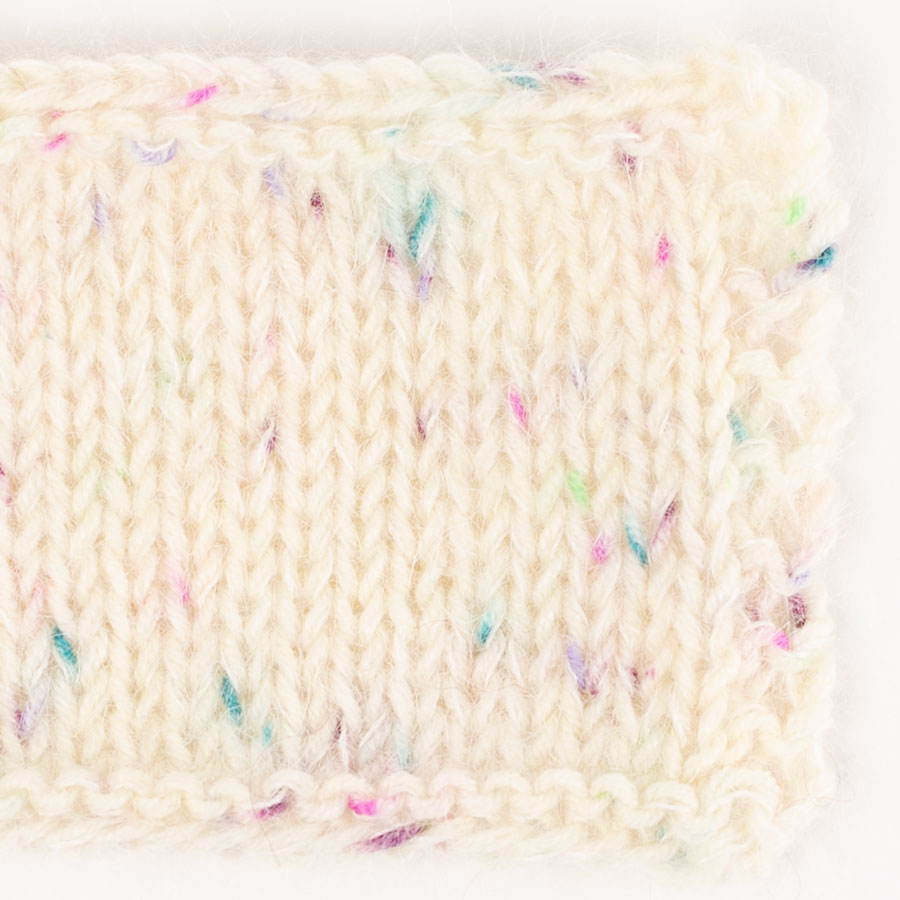
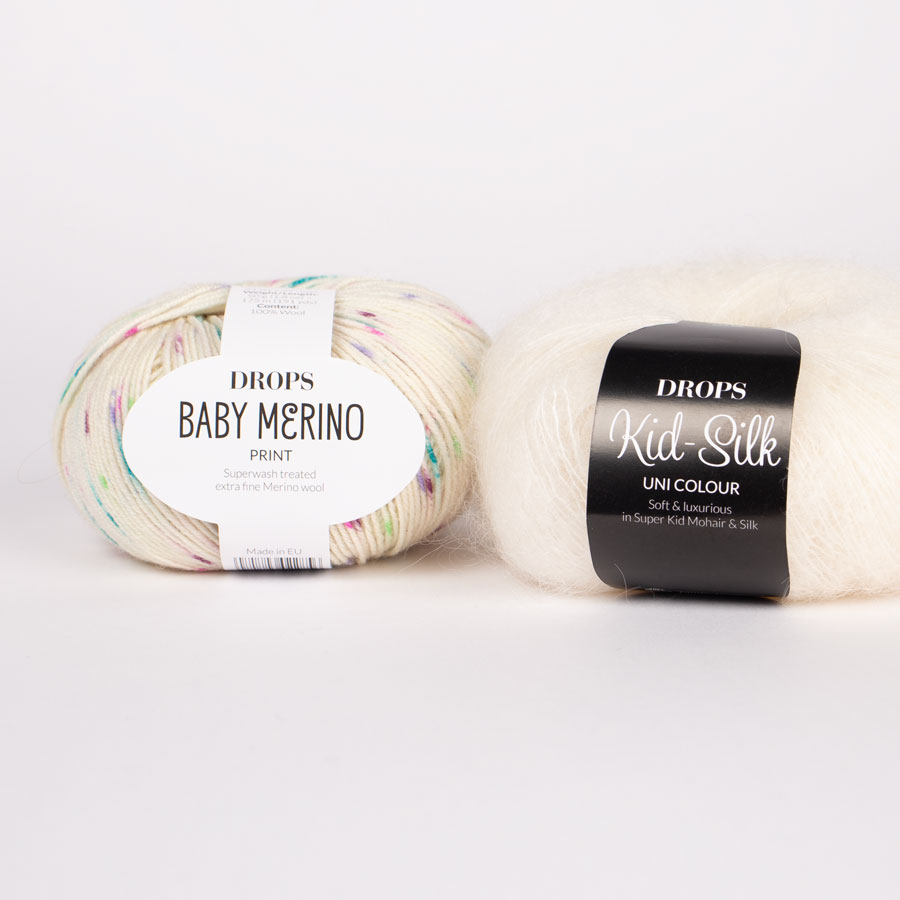
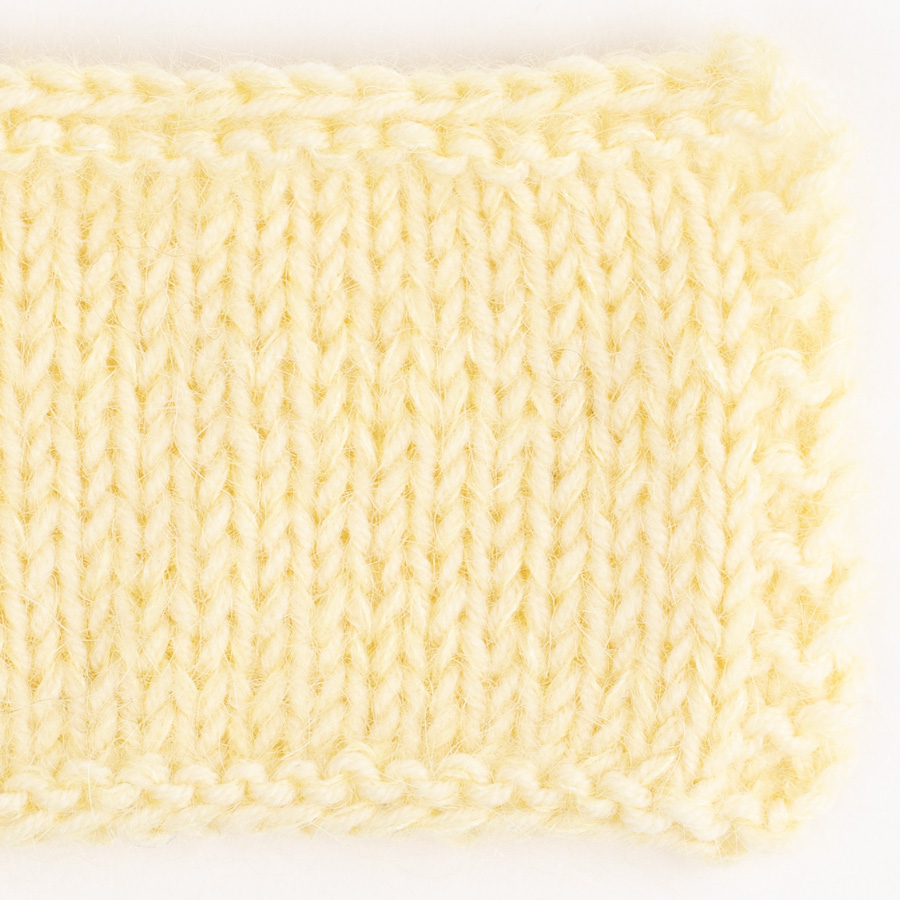
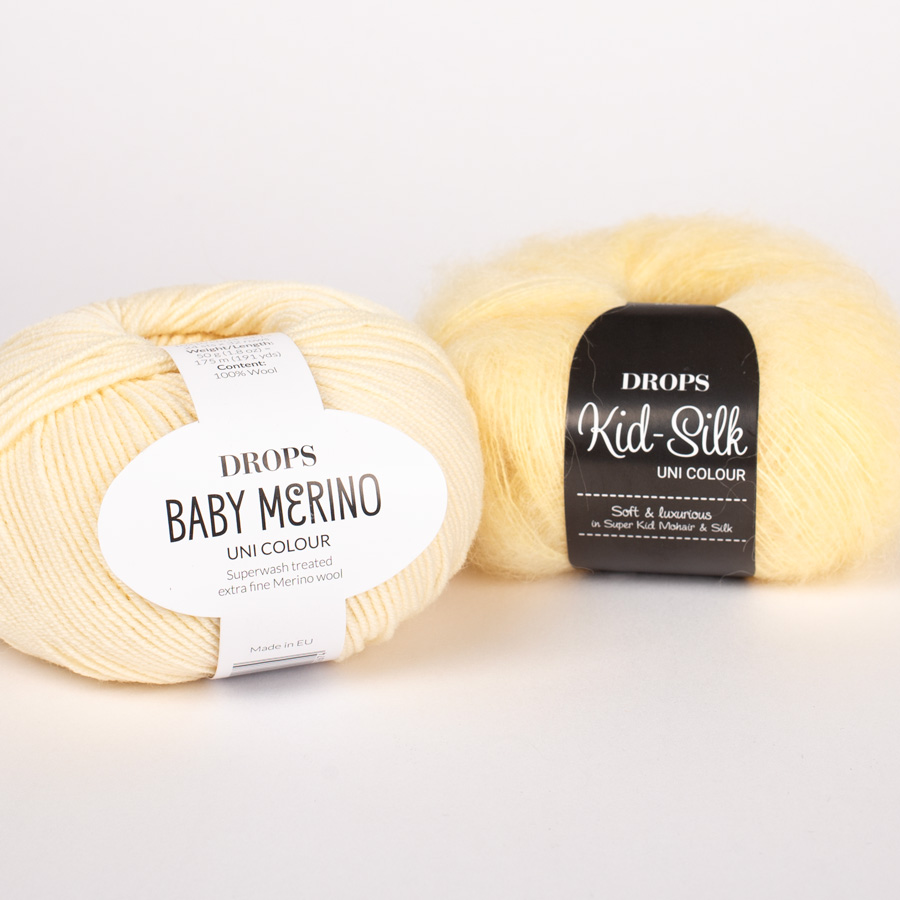
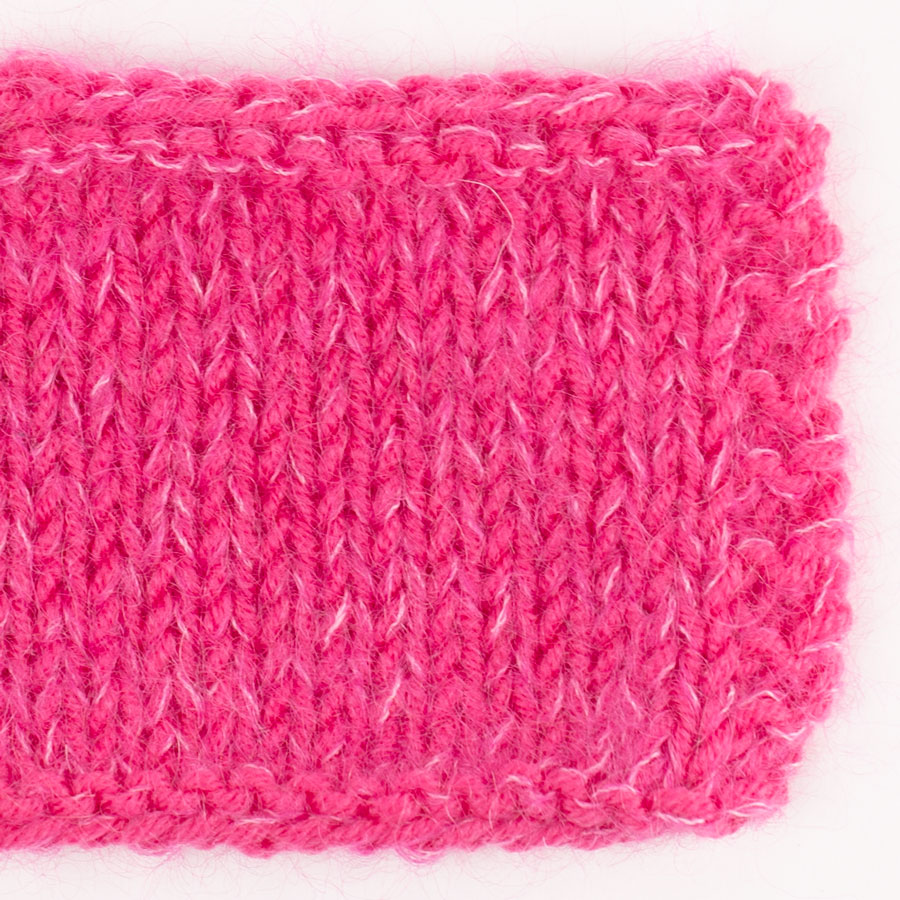
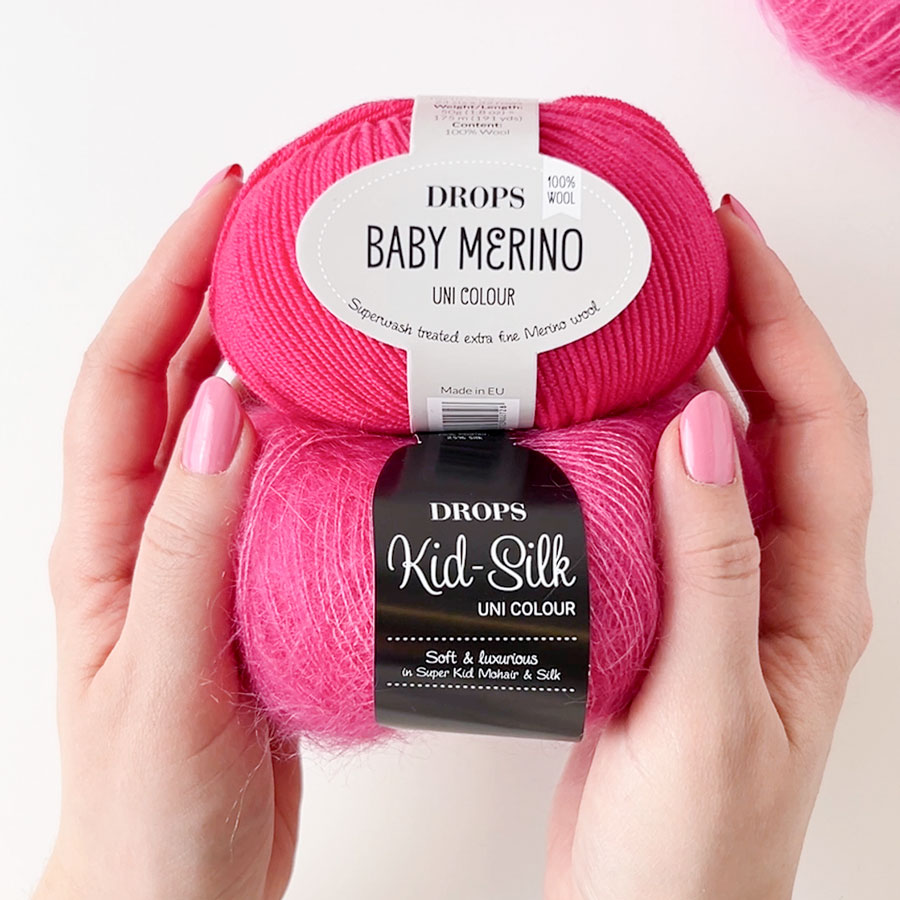
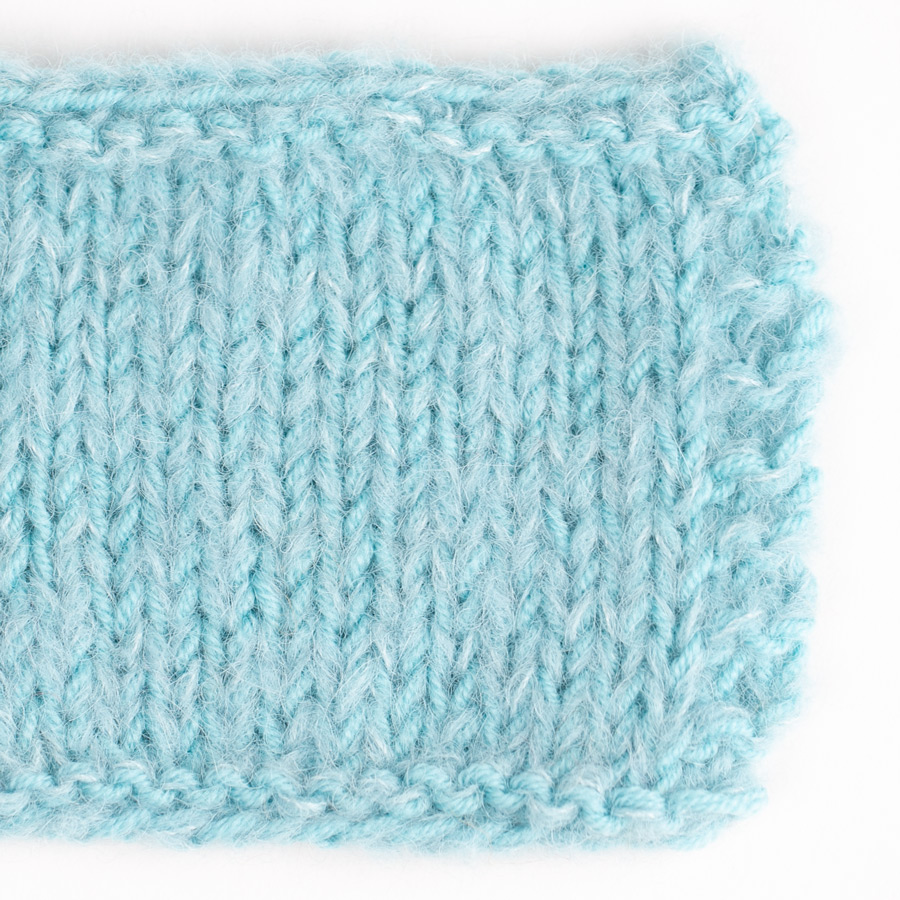
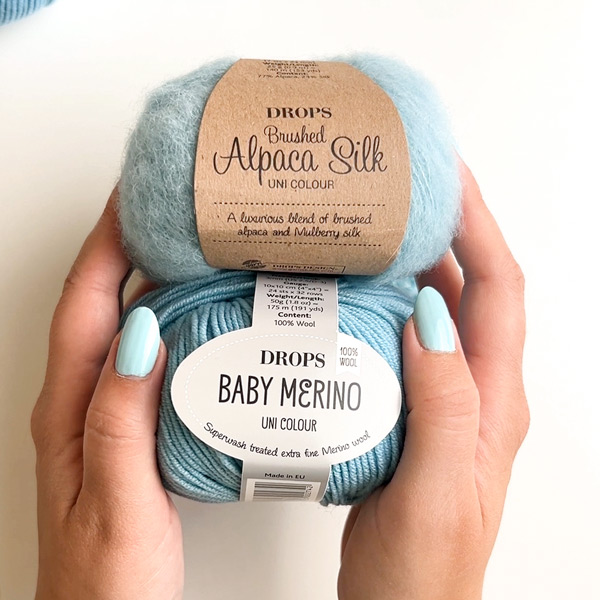
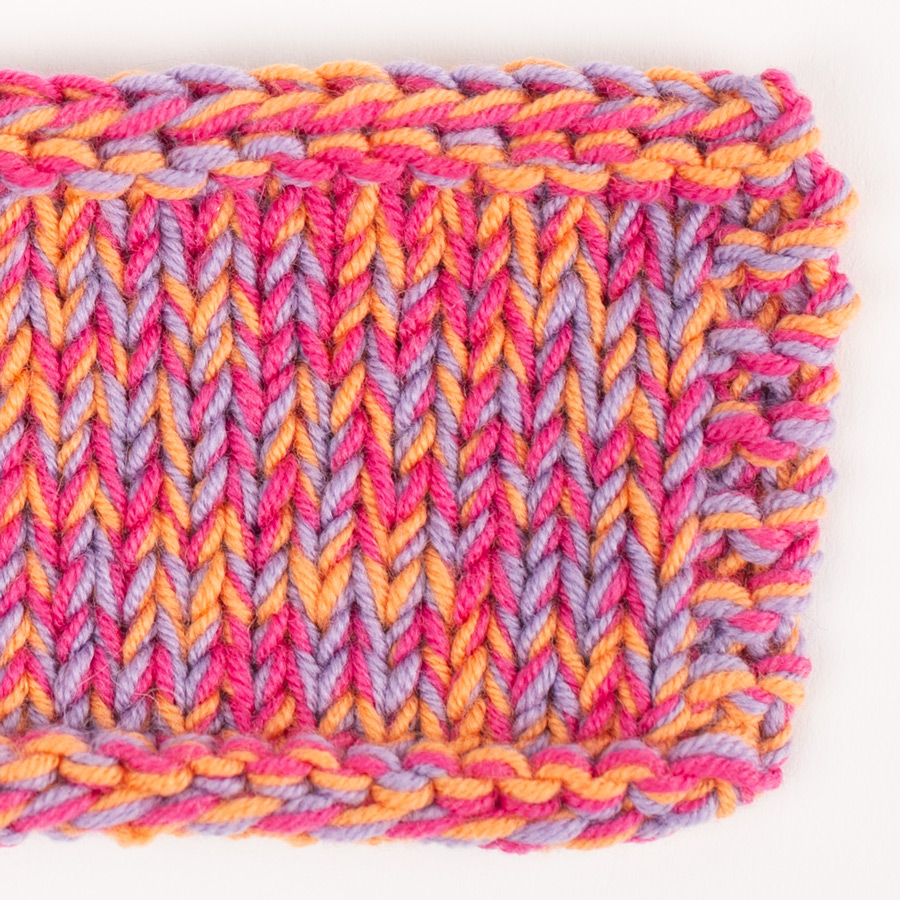
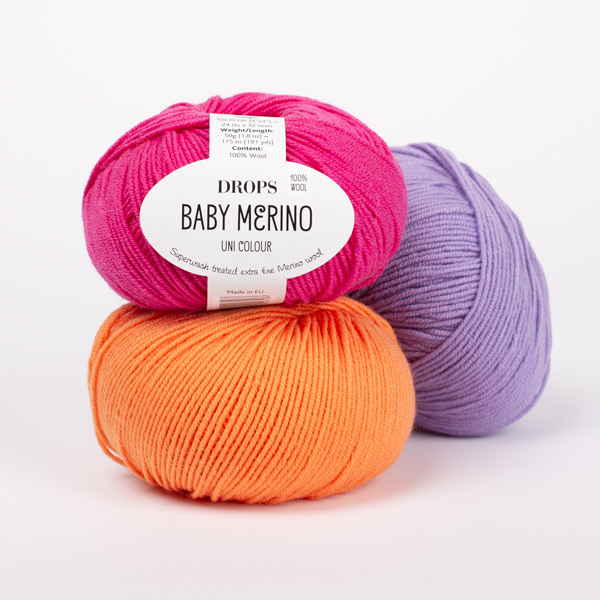
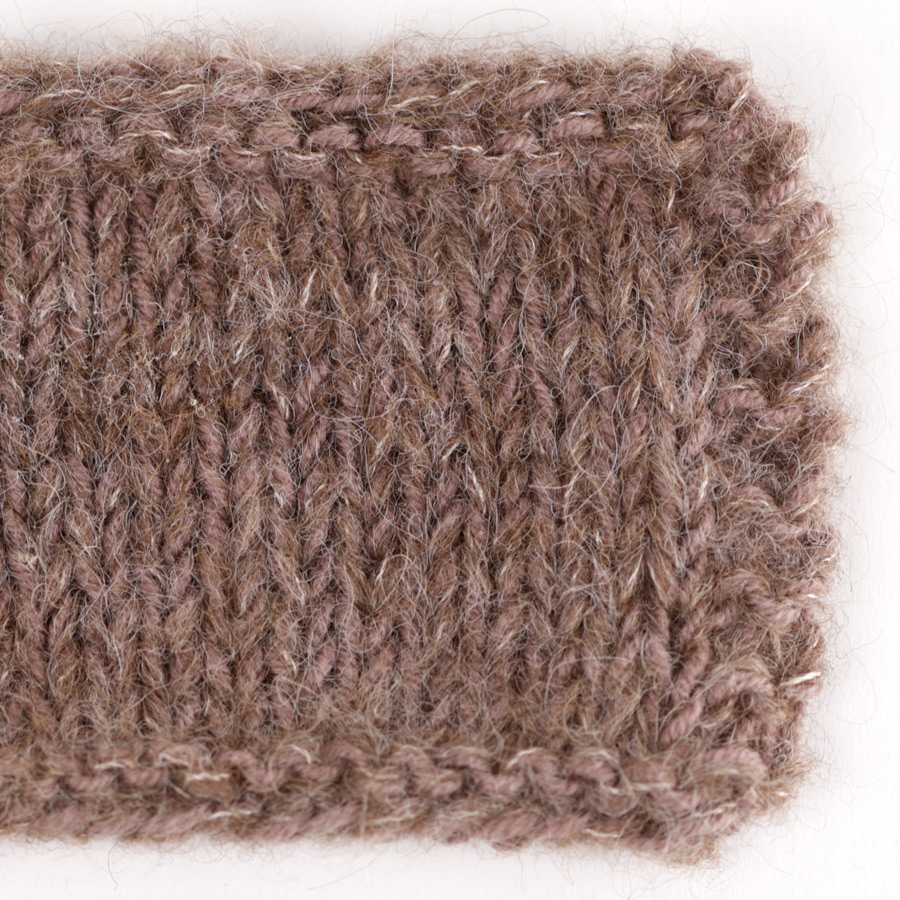
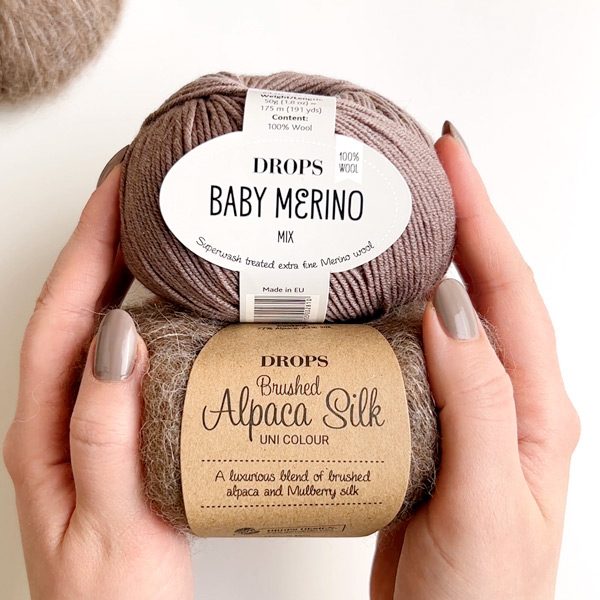
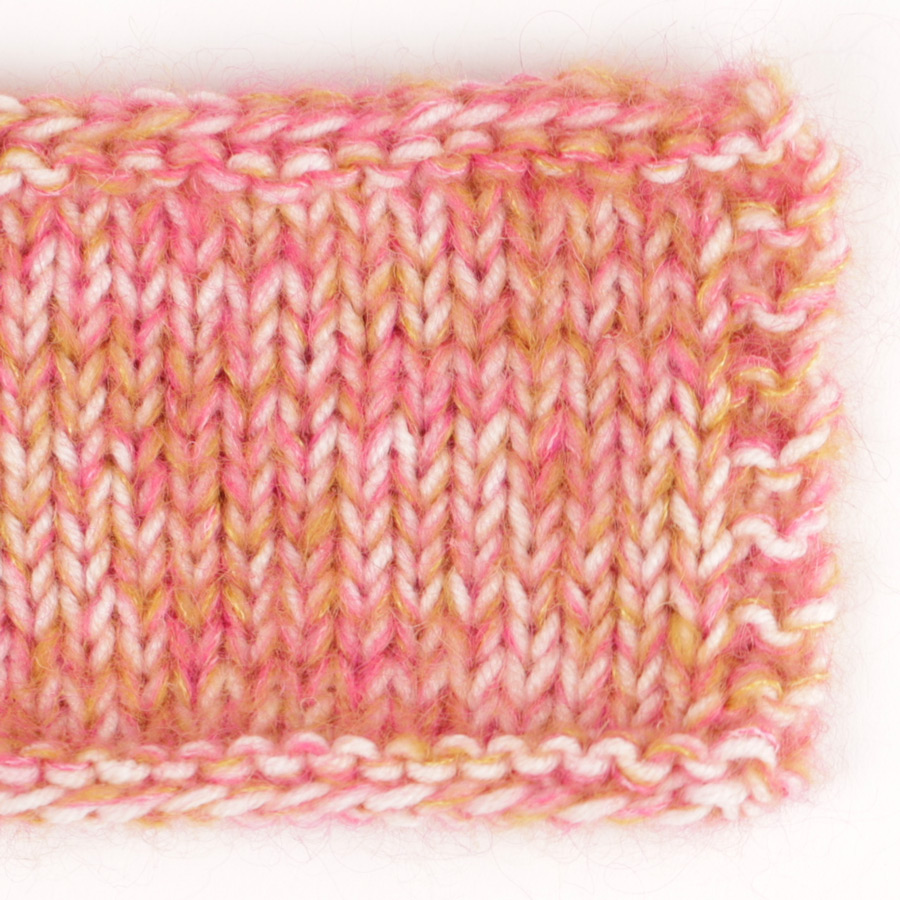
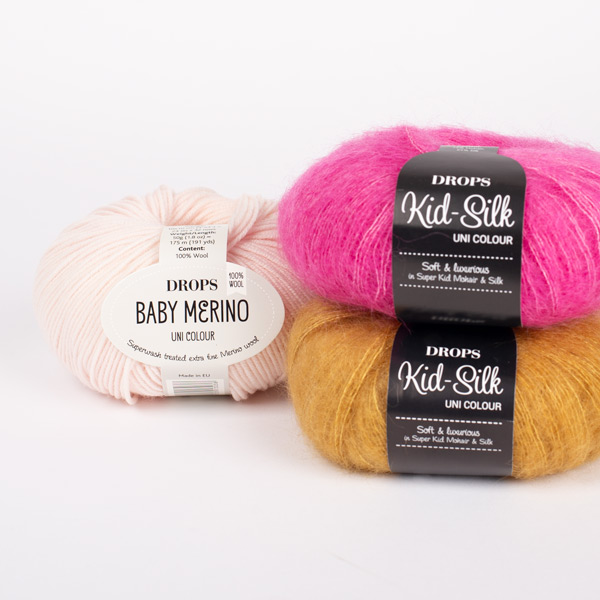
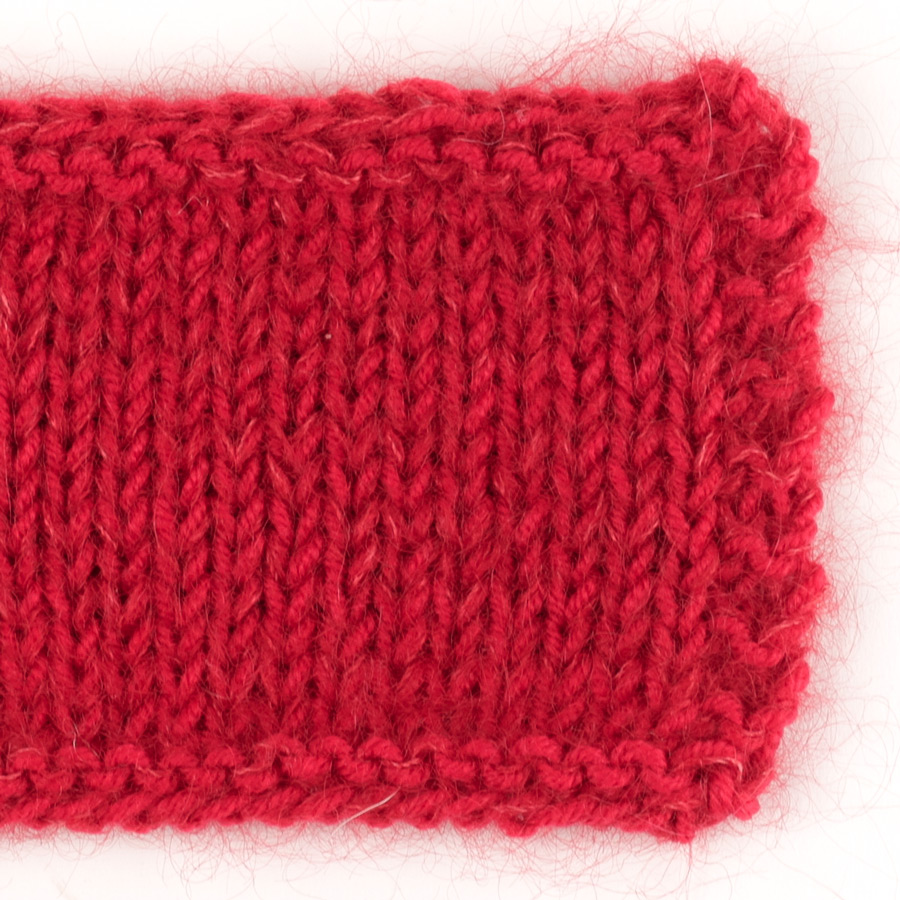
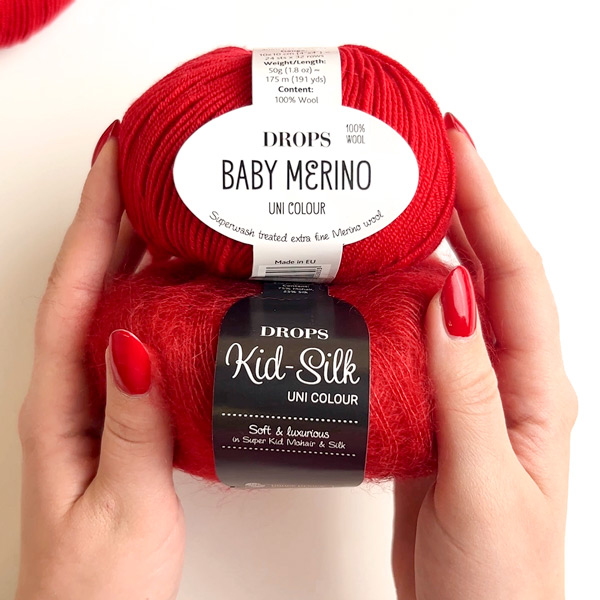


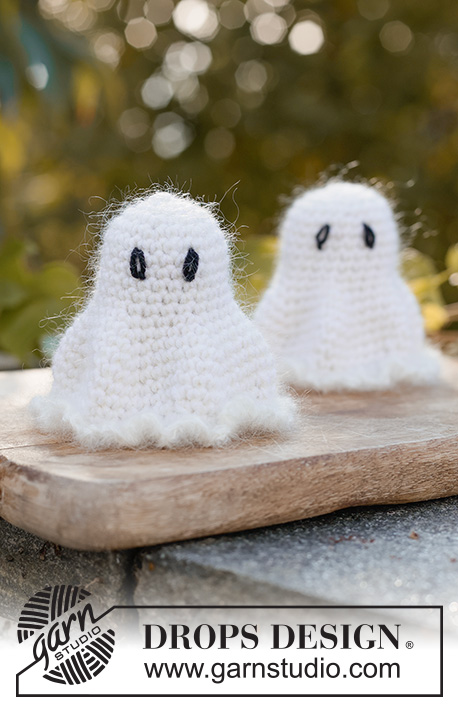






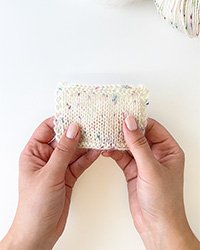

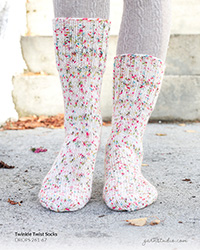
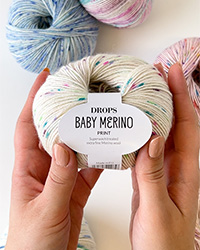
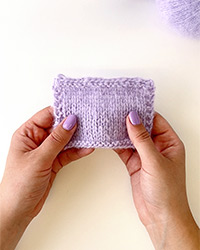
Is DROPS Baby Merino comparable to Dale Baby Ull yarn? Would it be an appropriate substitute for a pattern using the Dale yarn?
03.12.2017 - 17:11